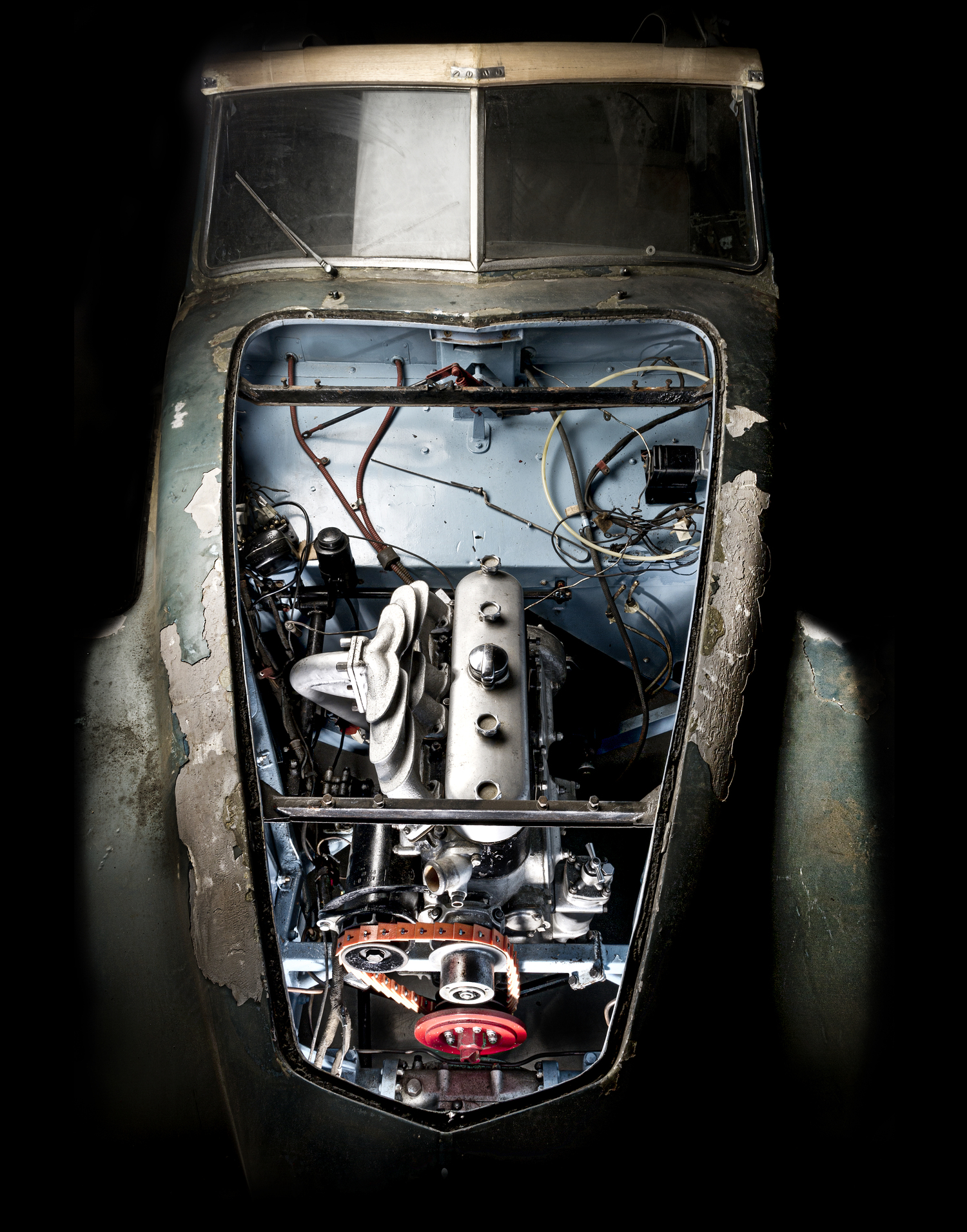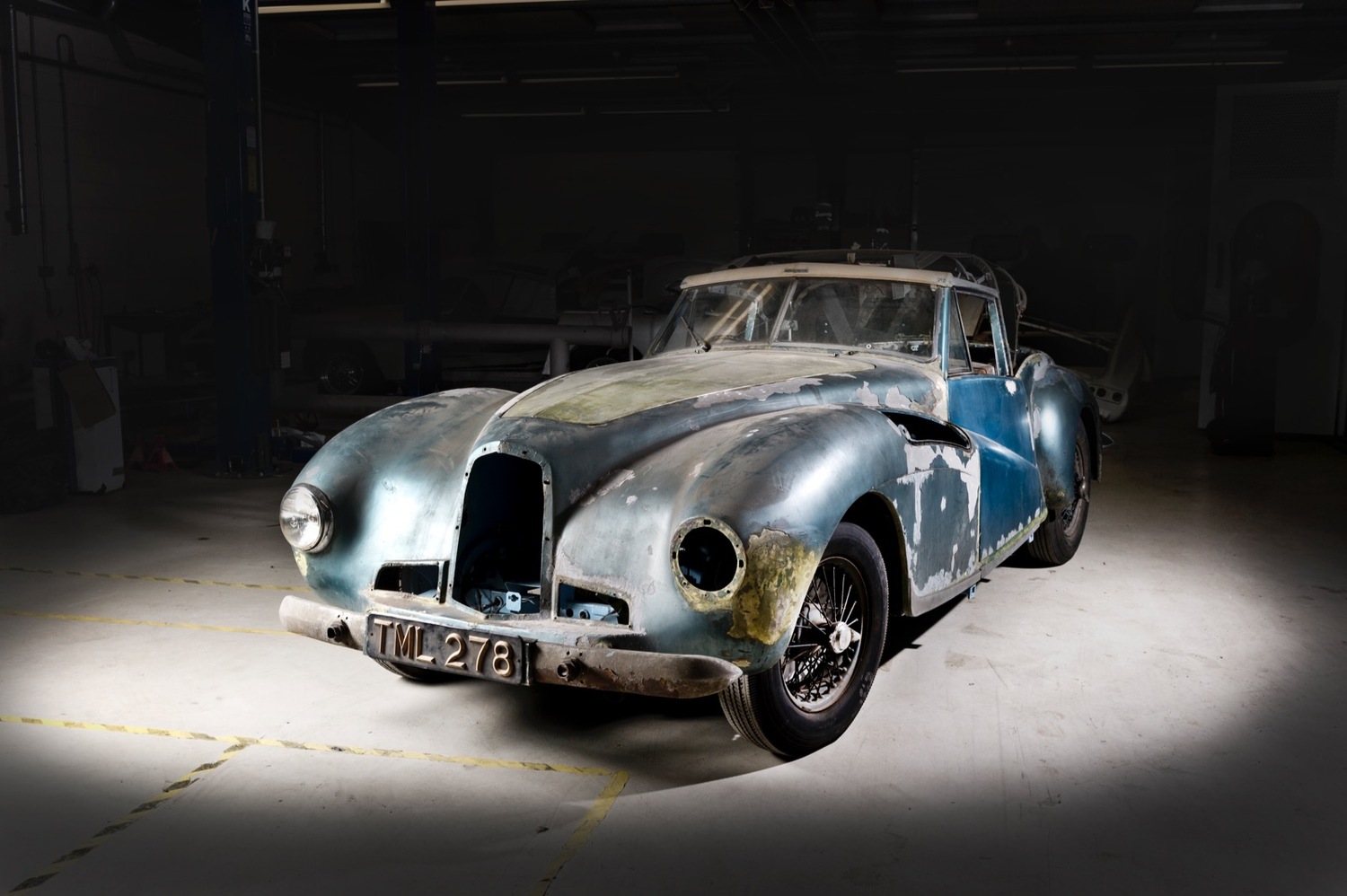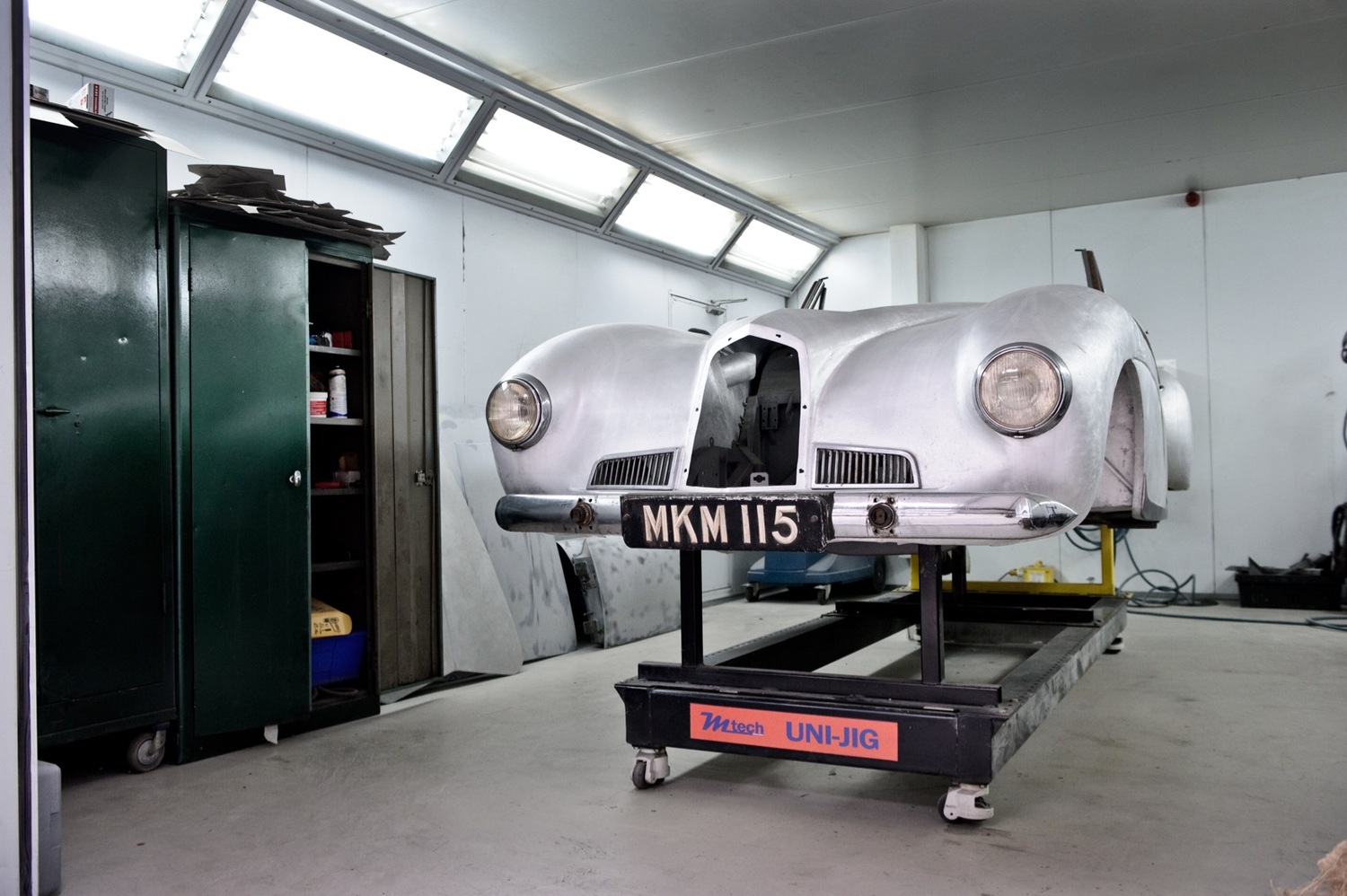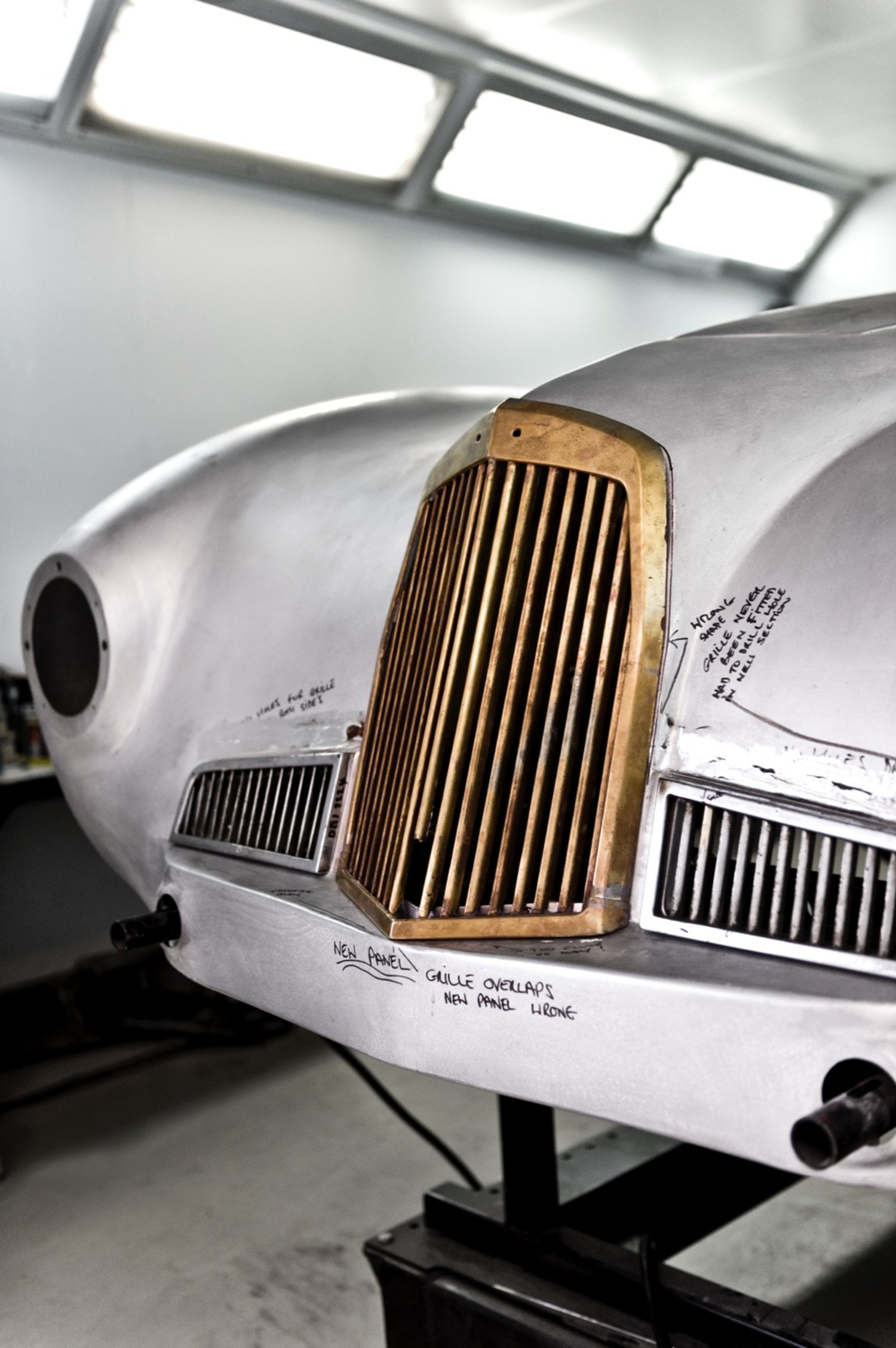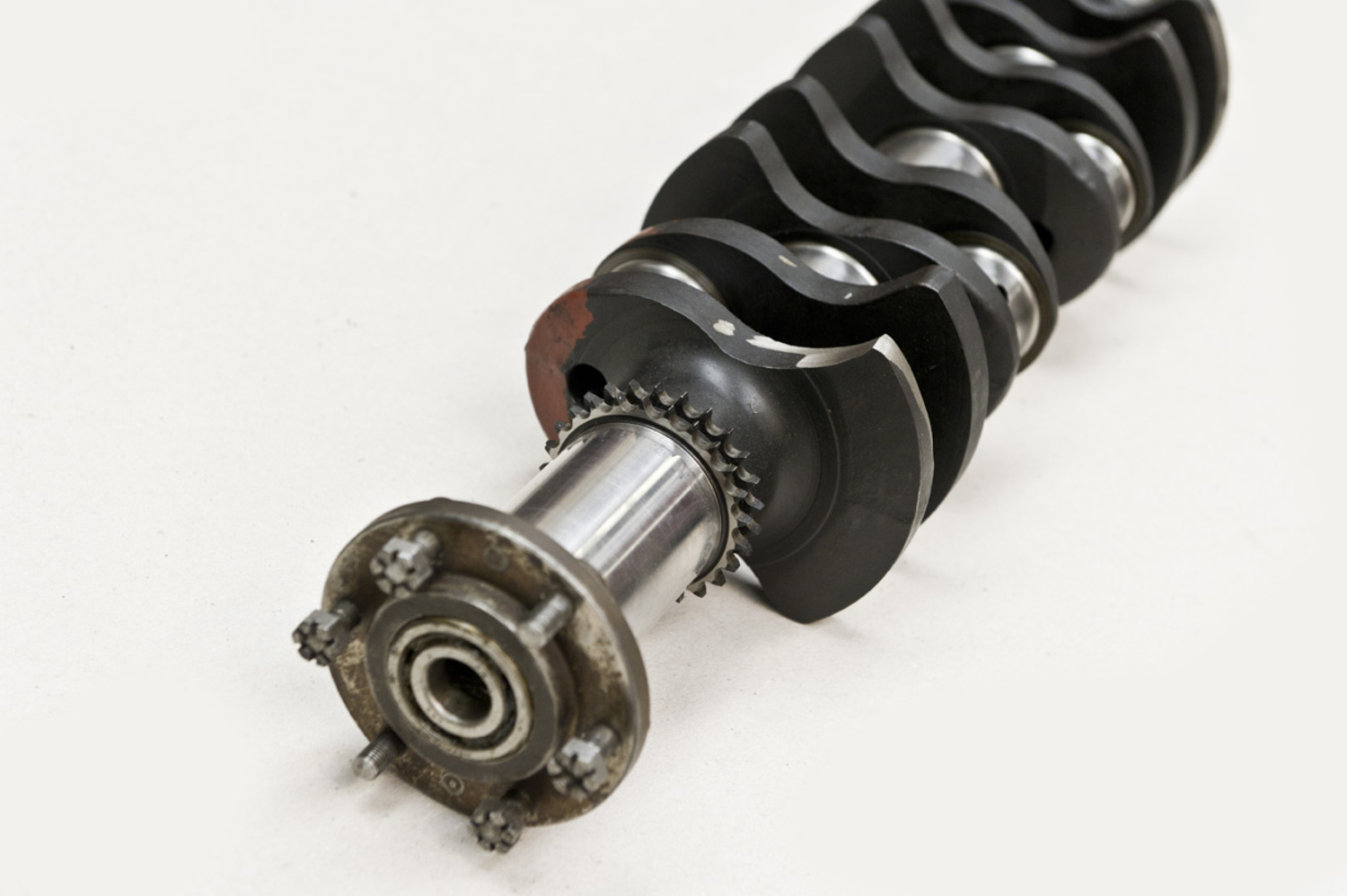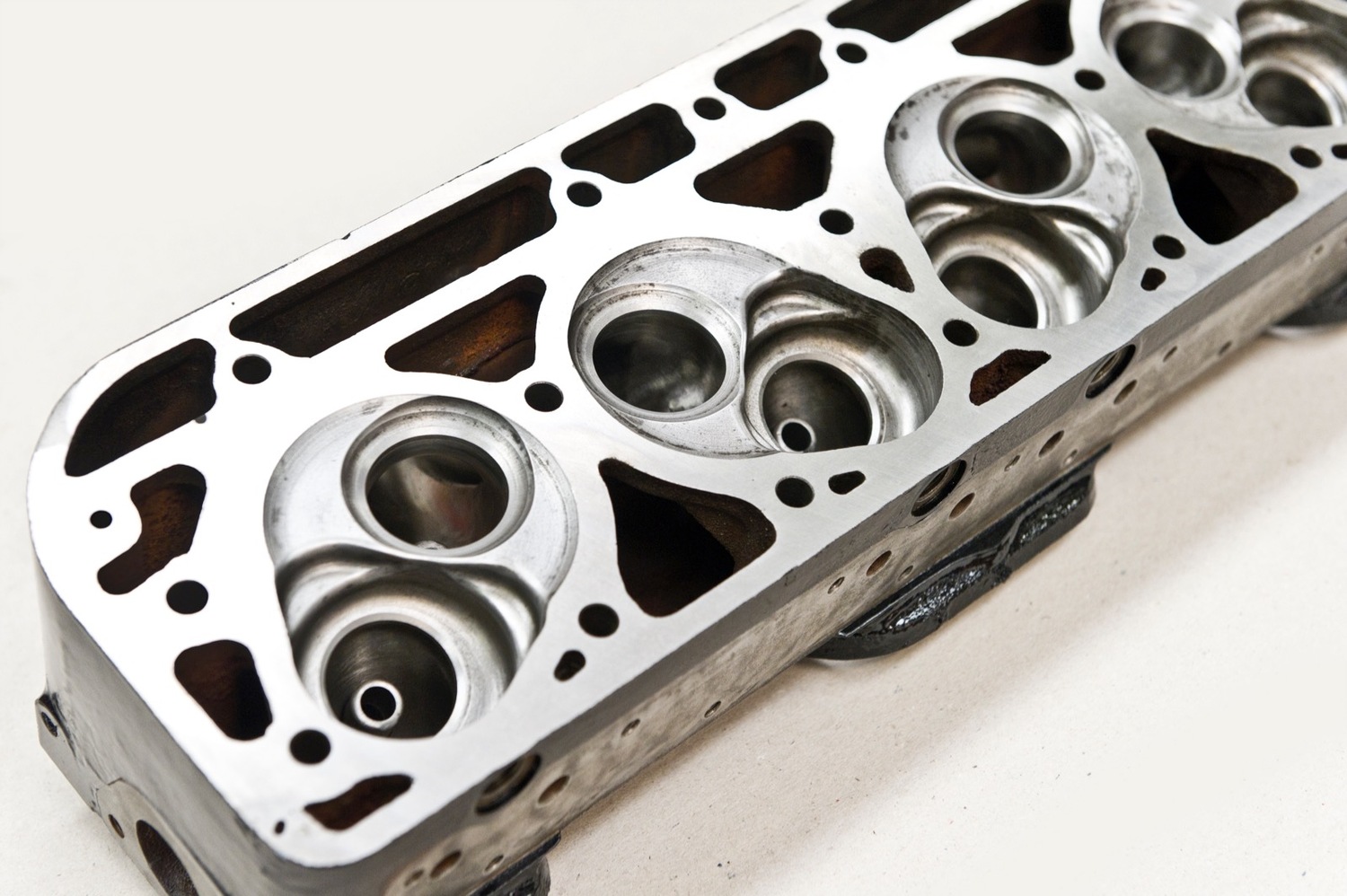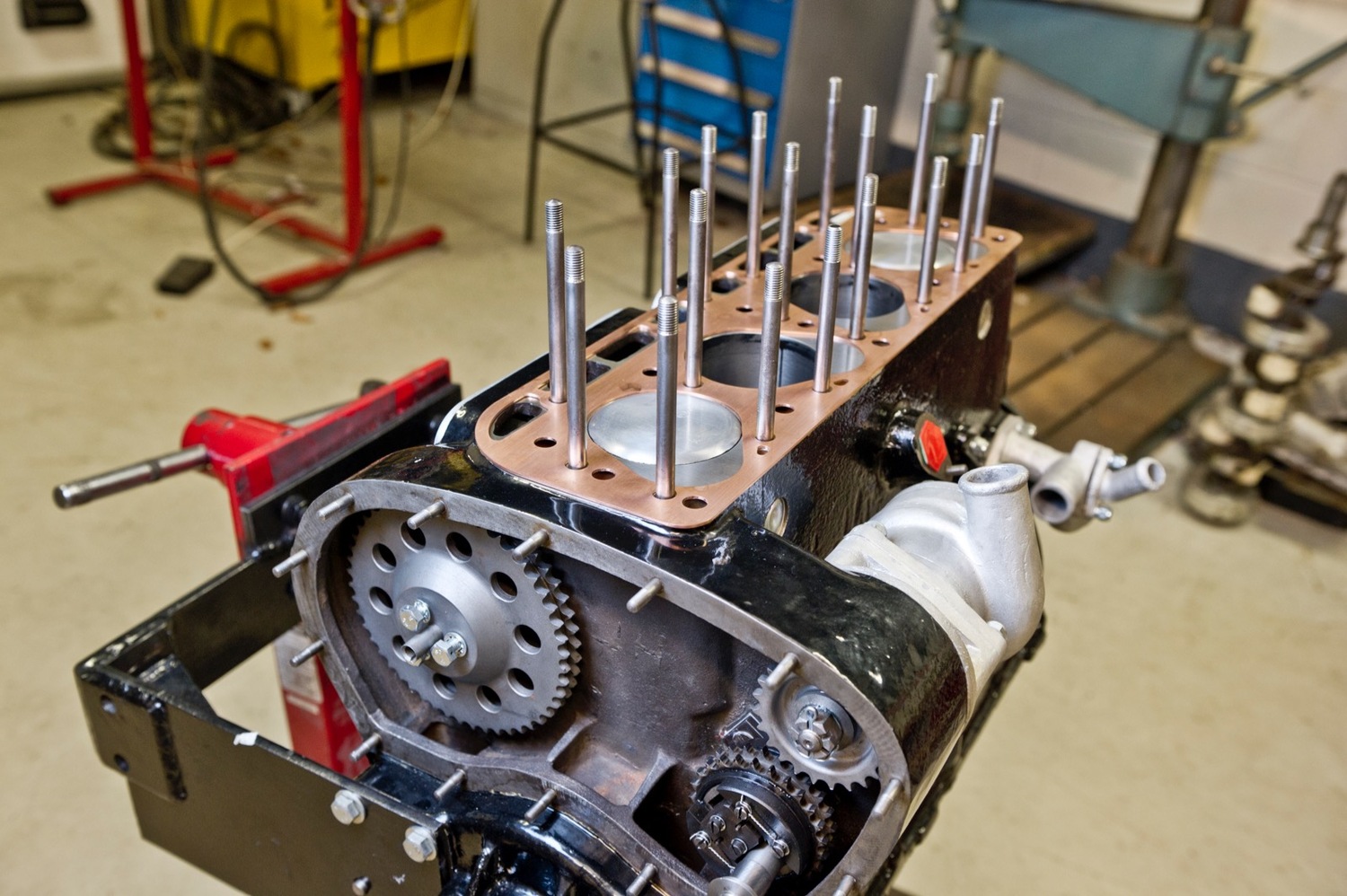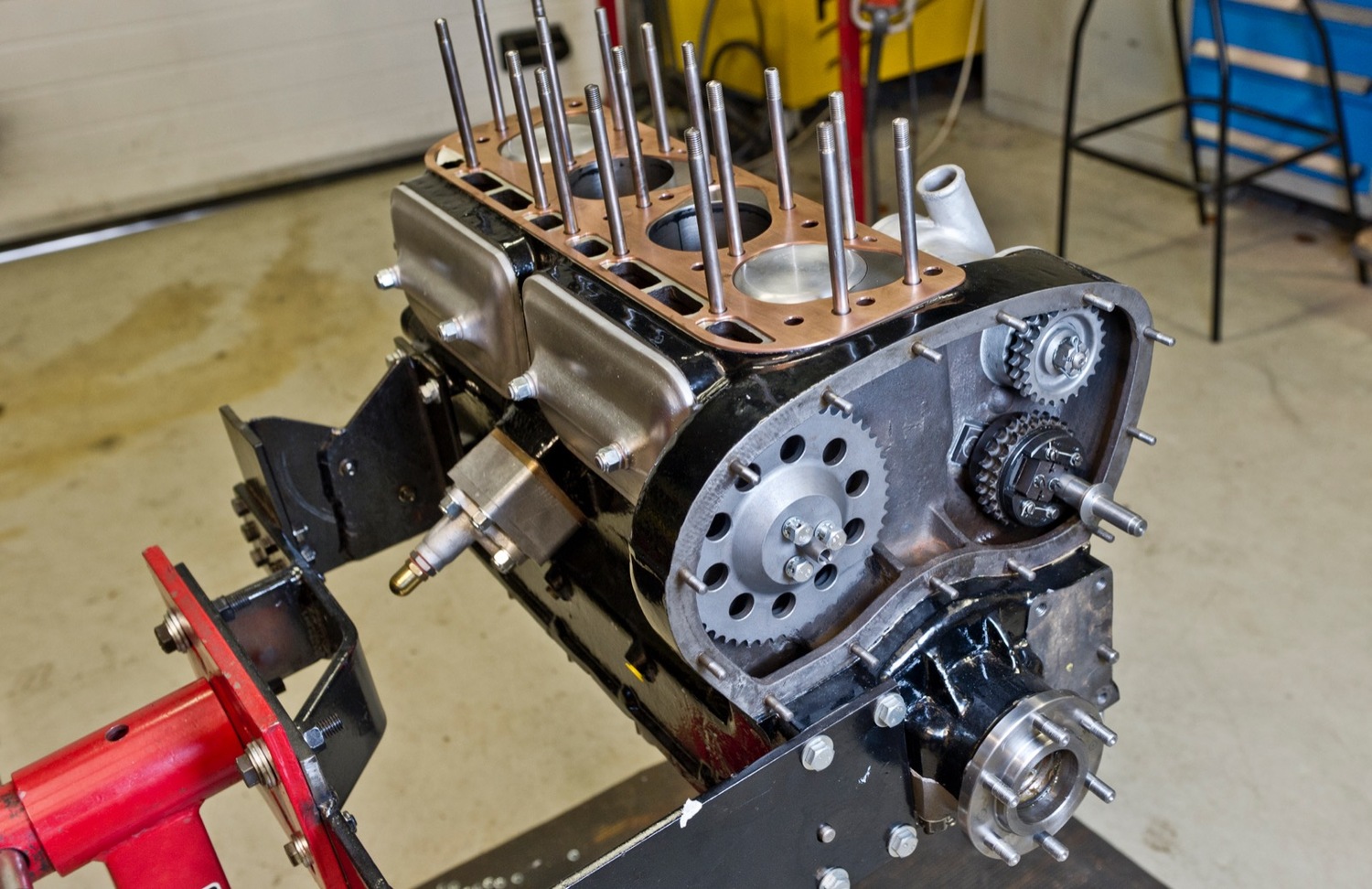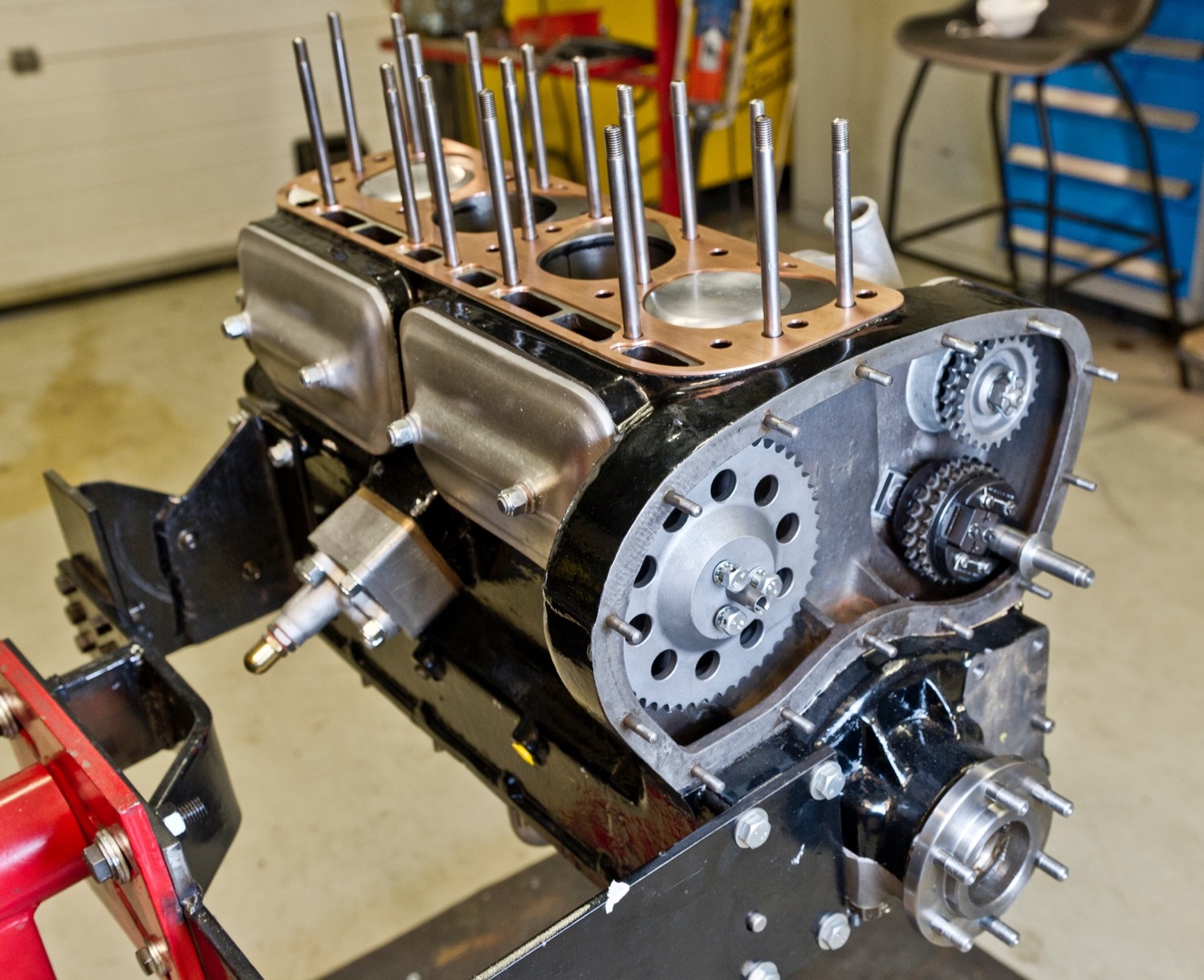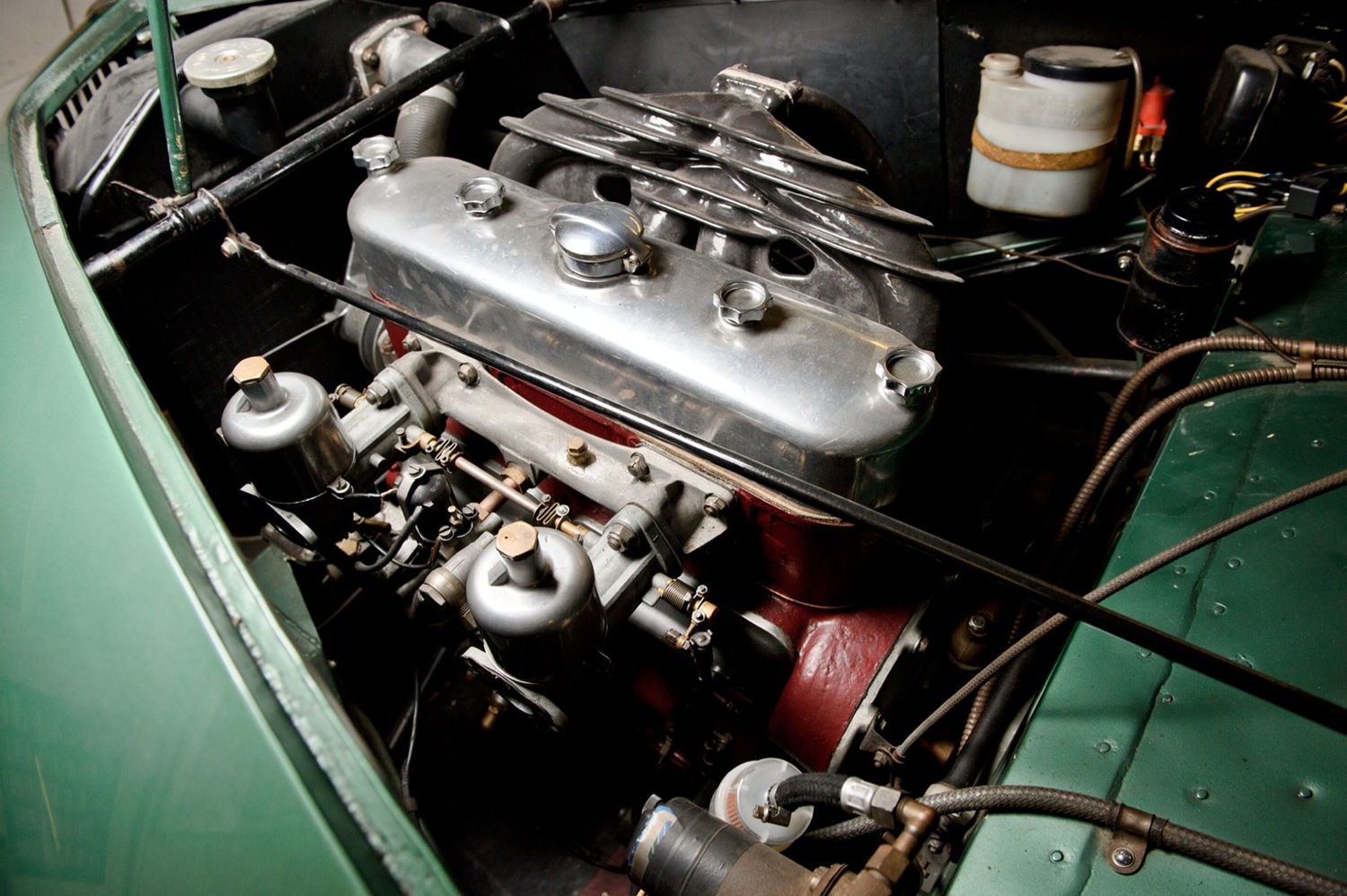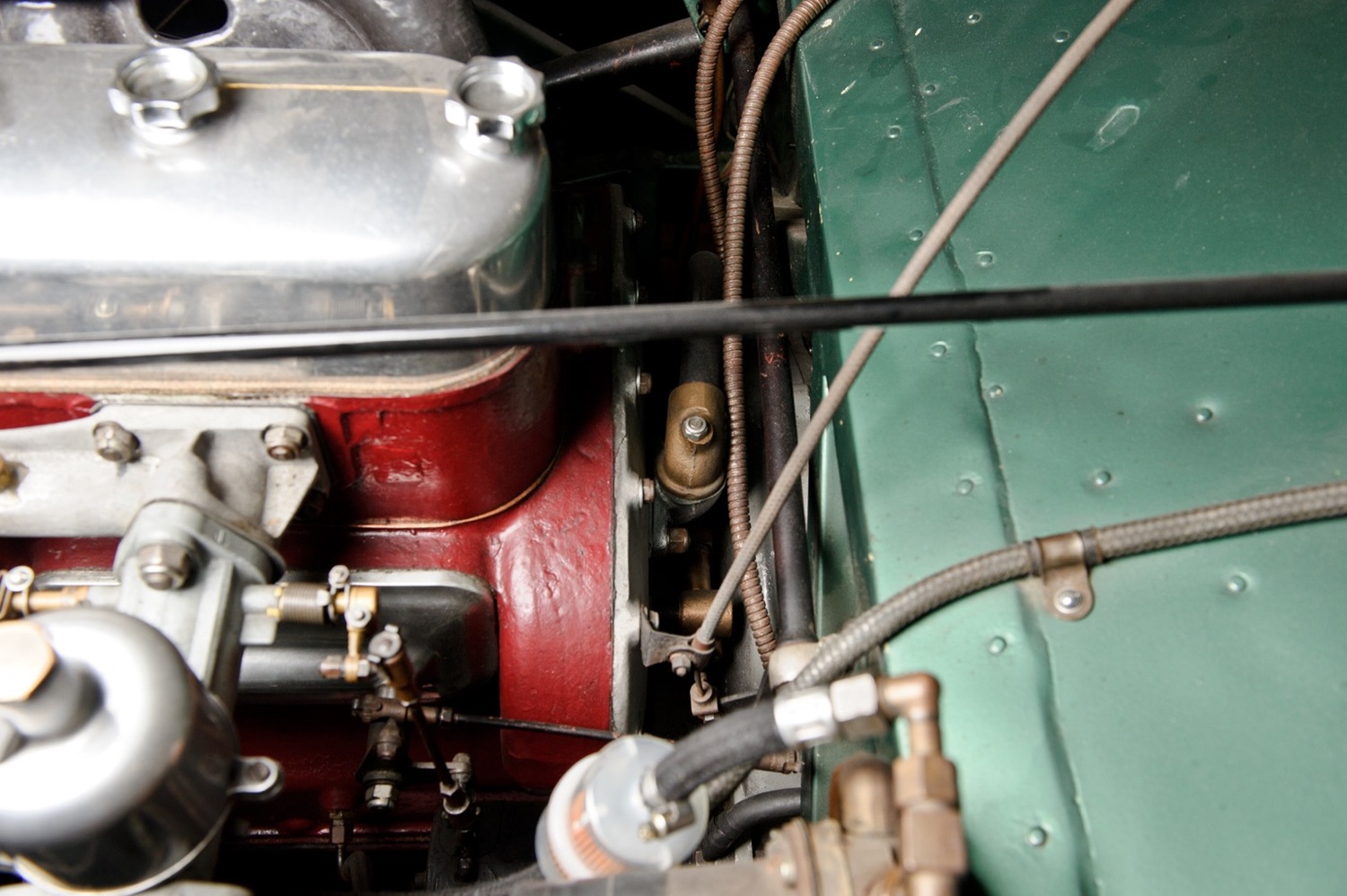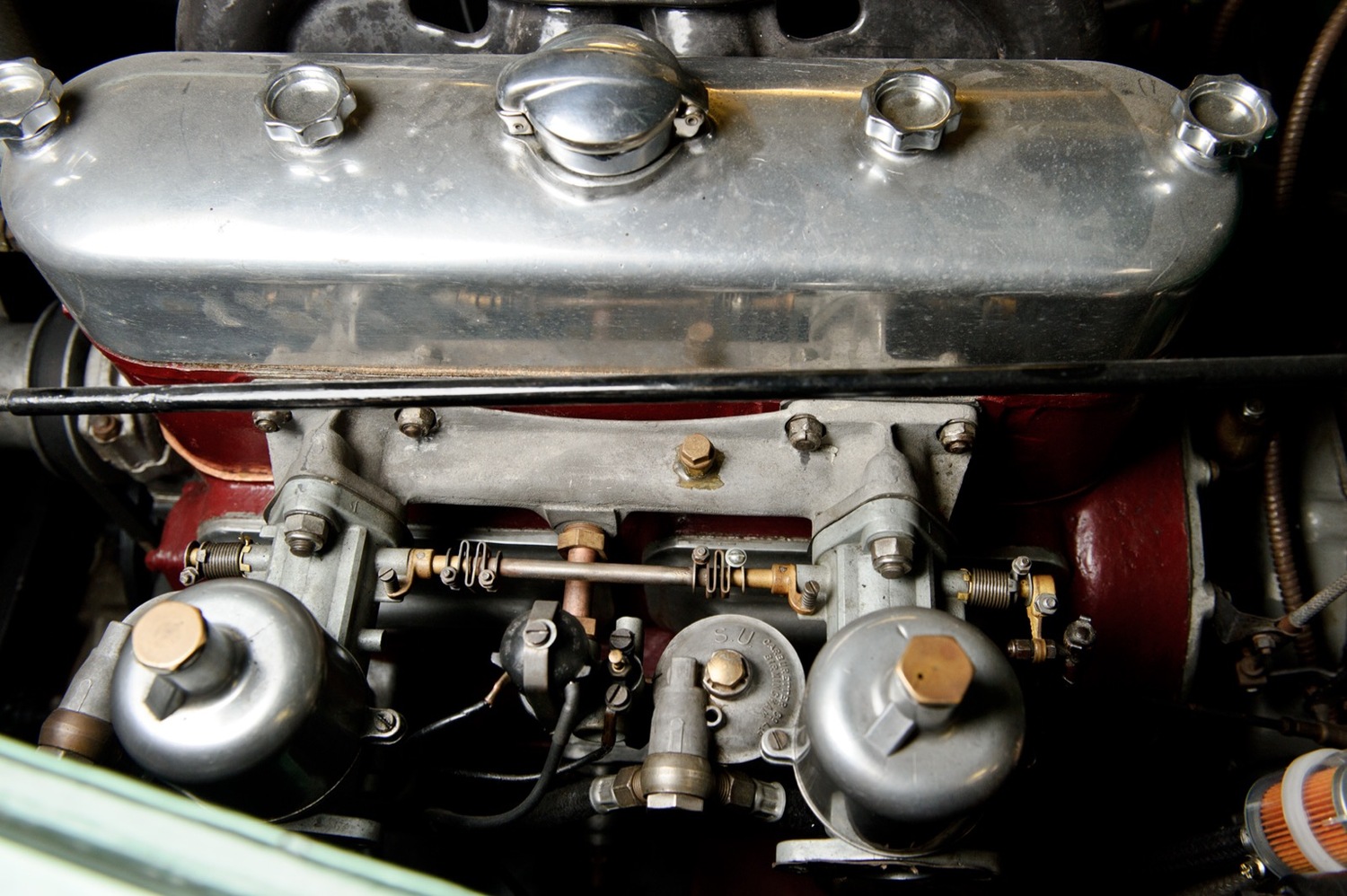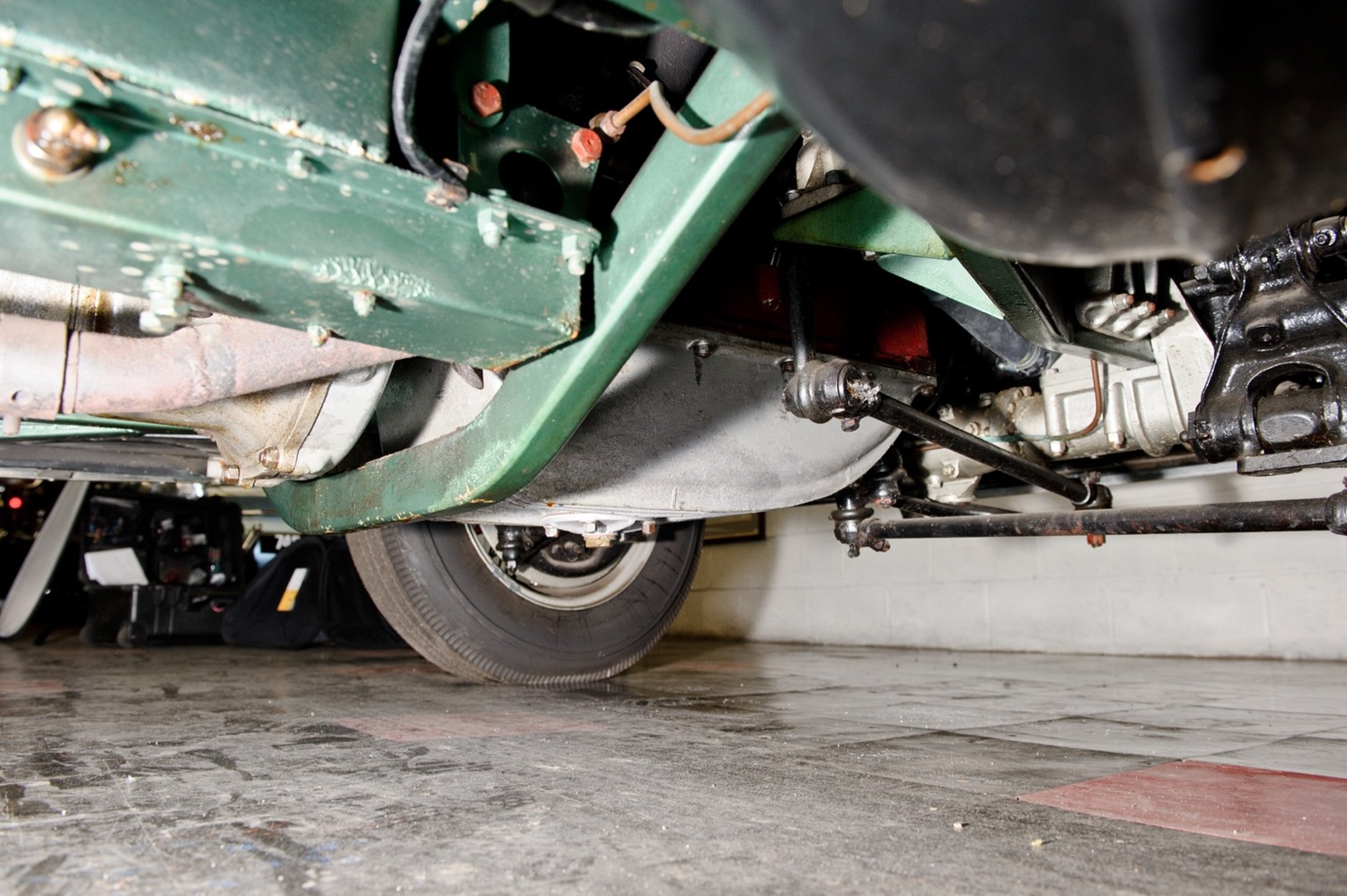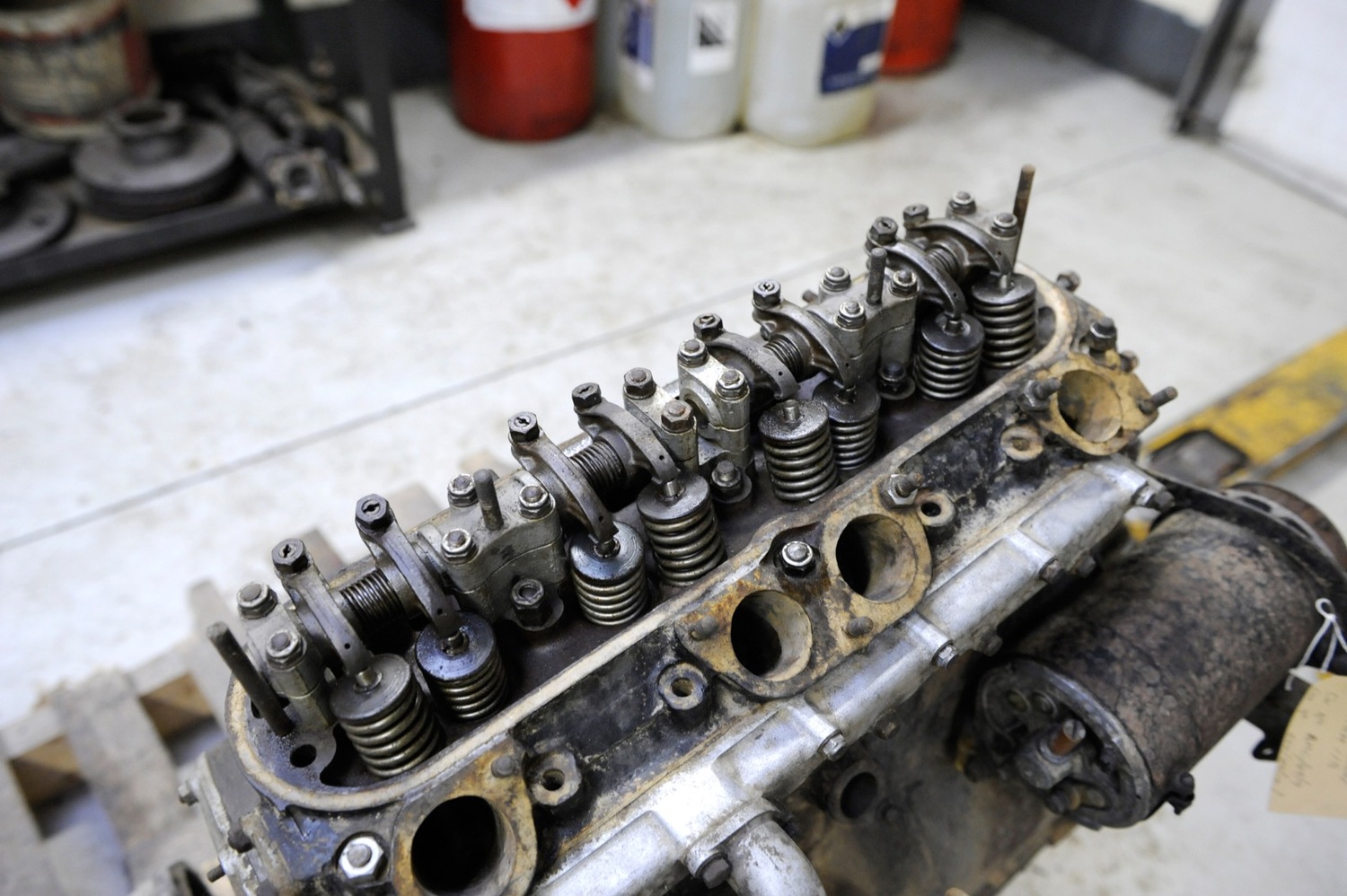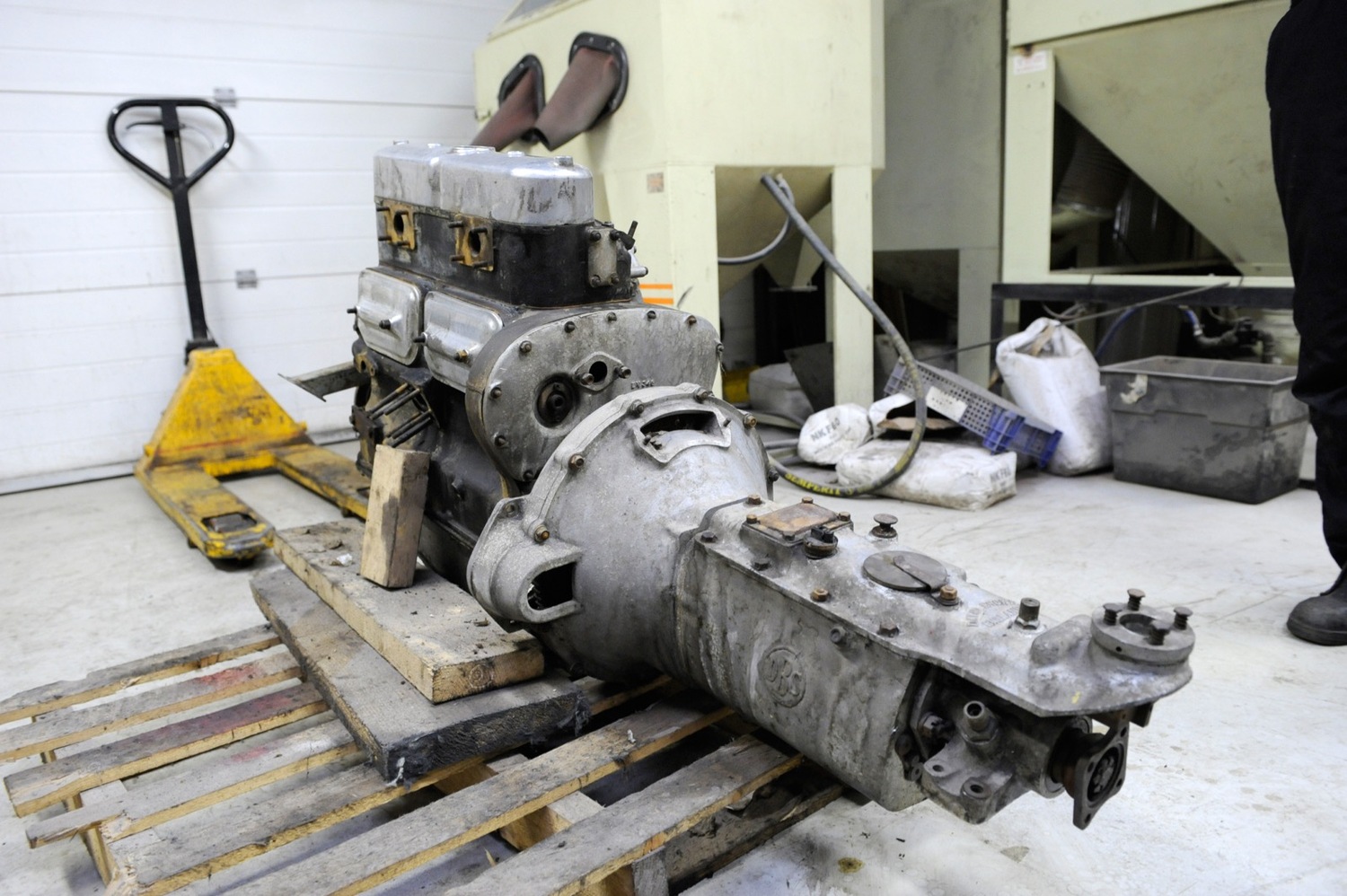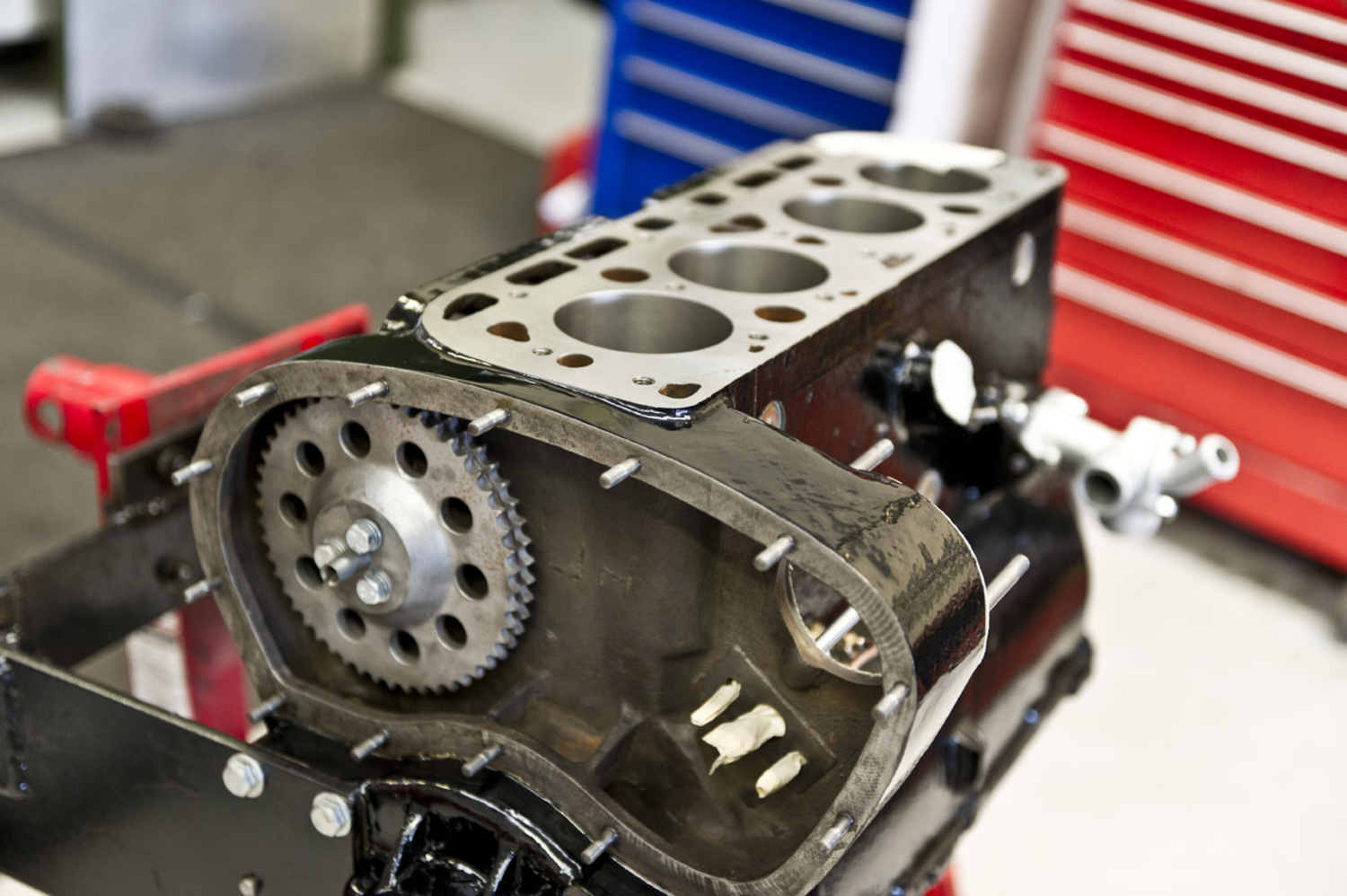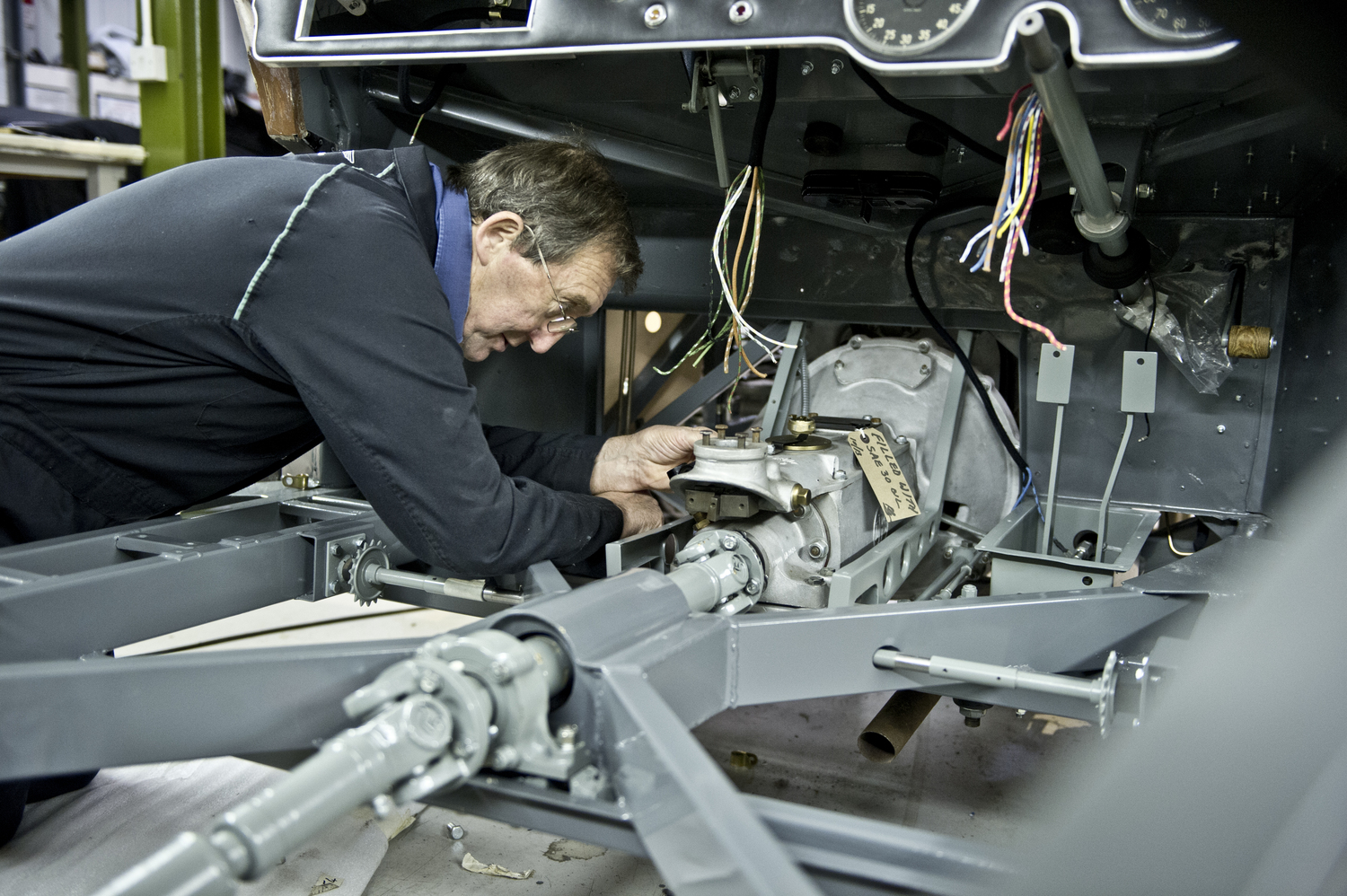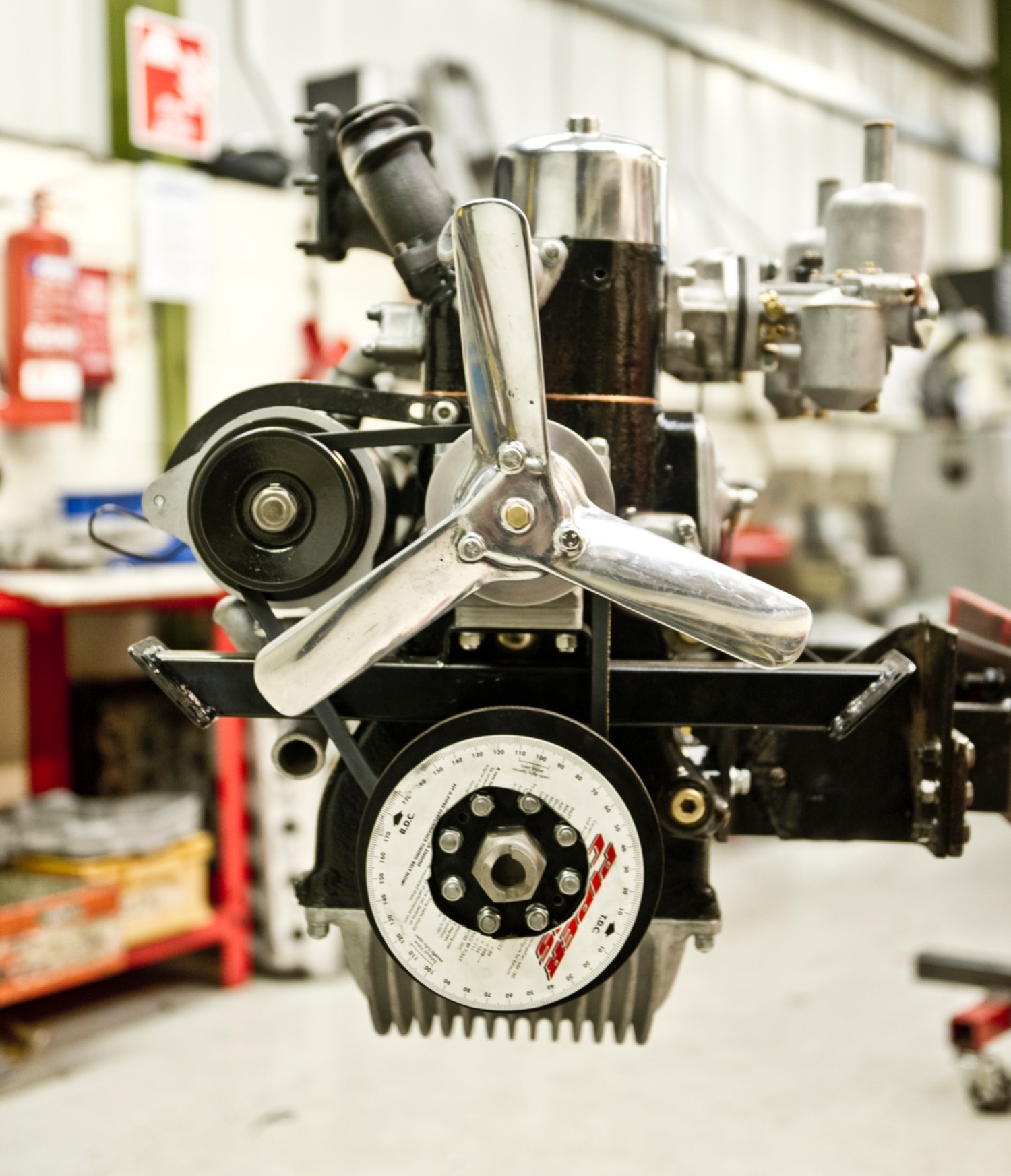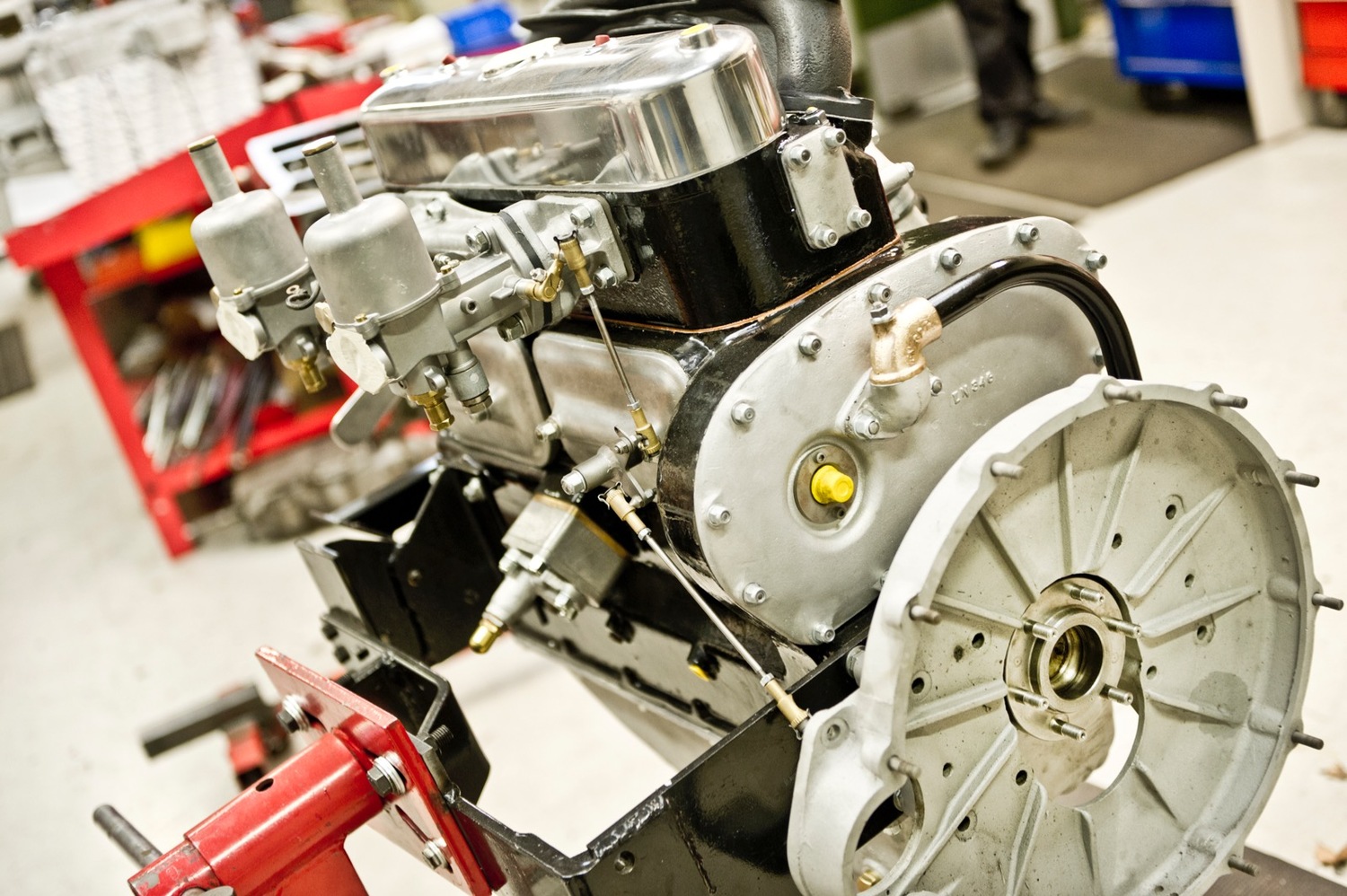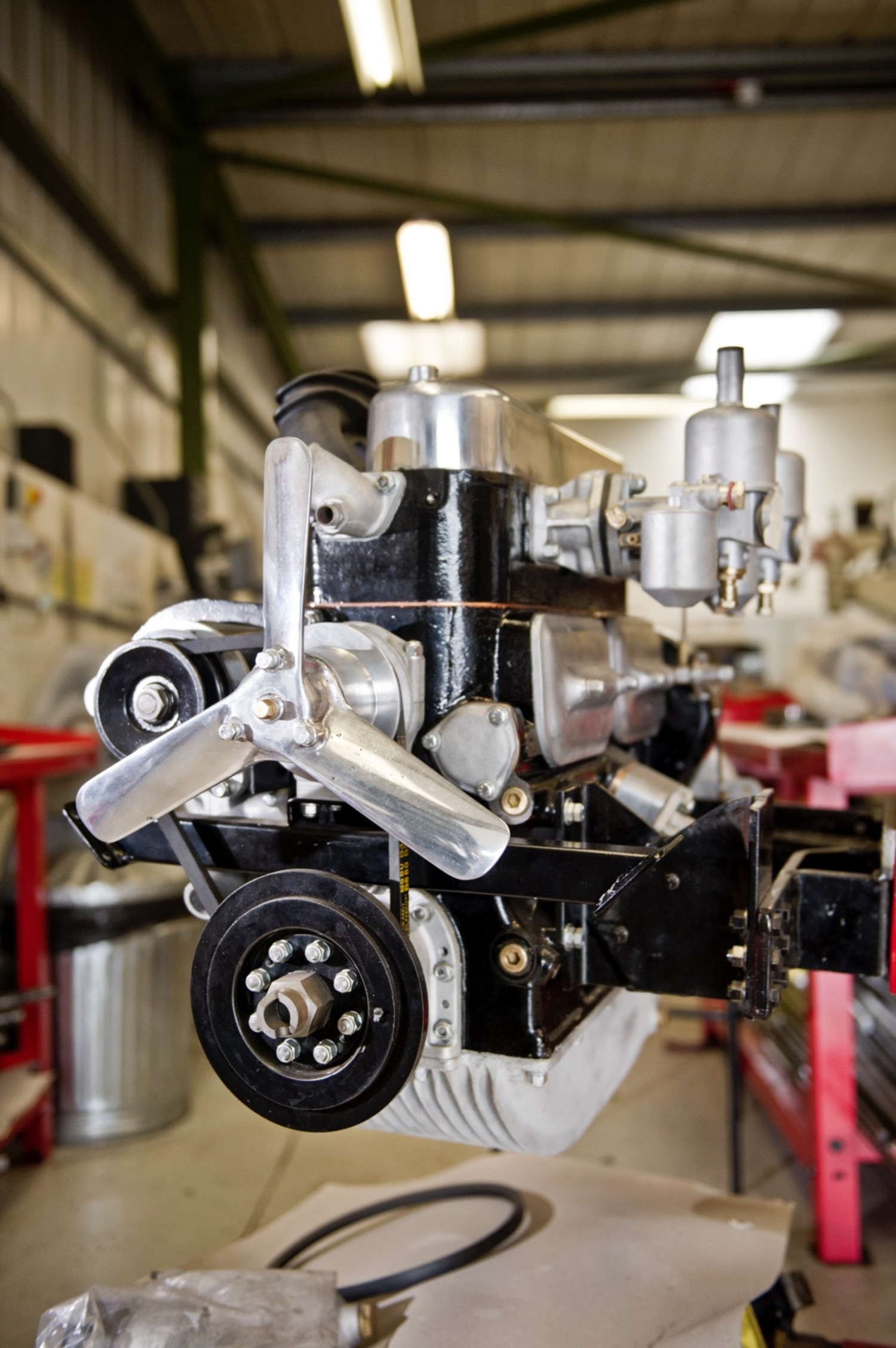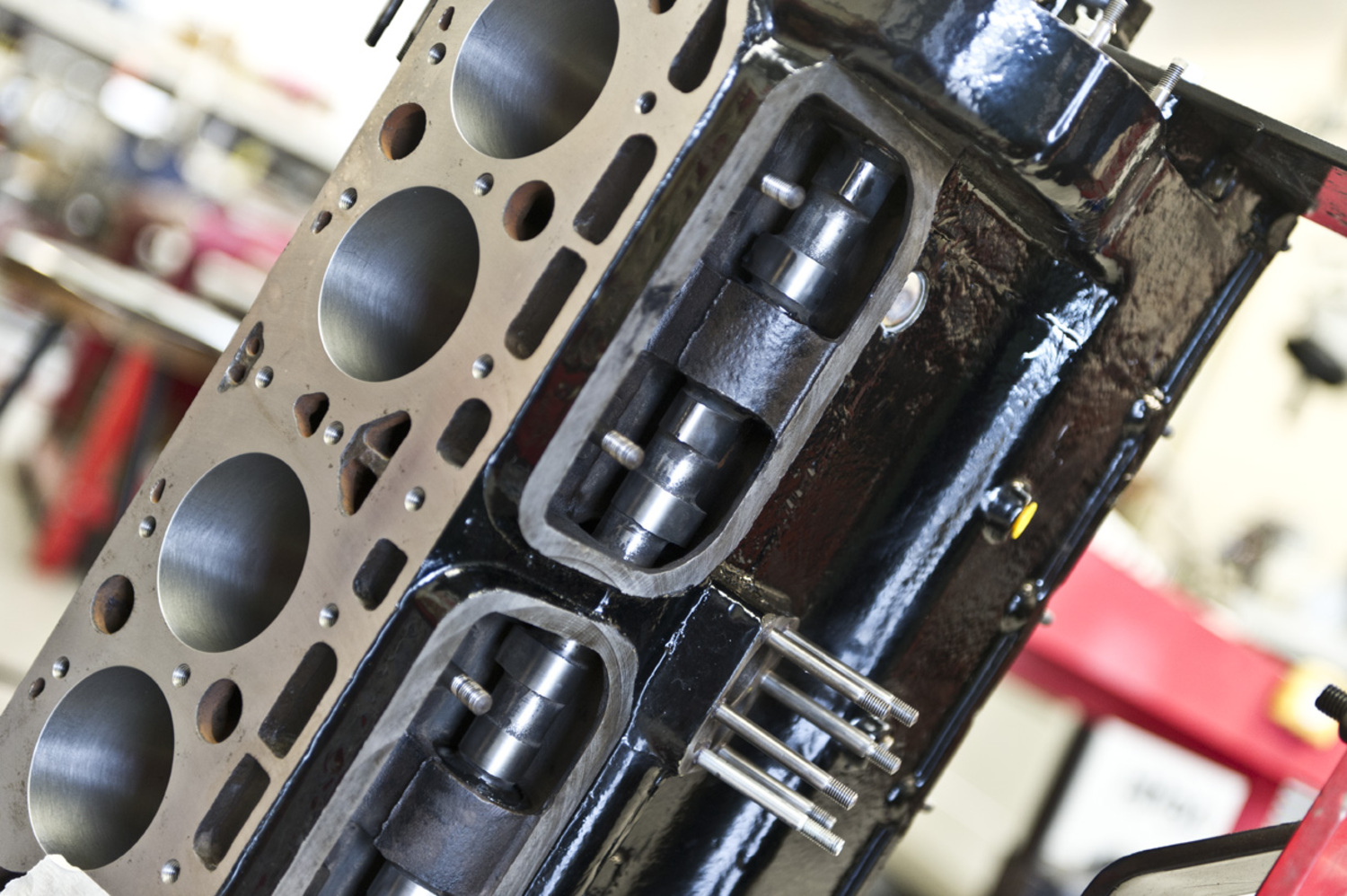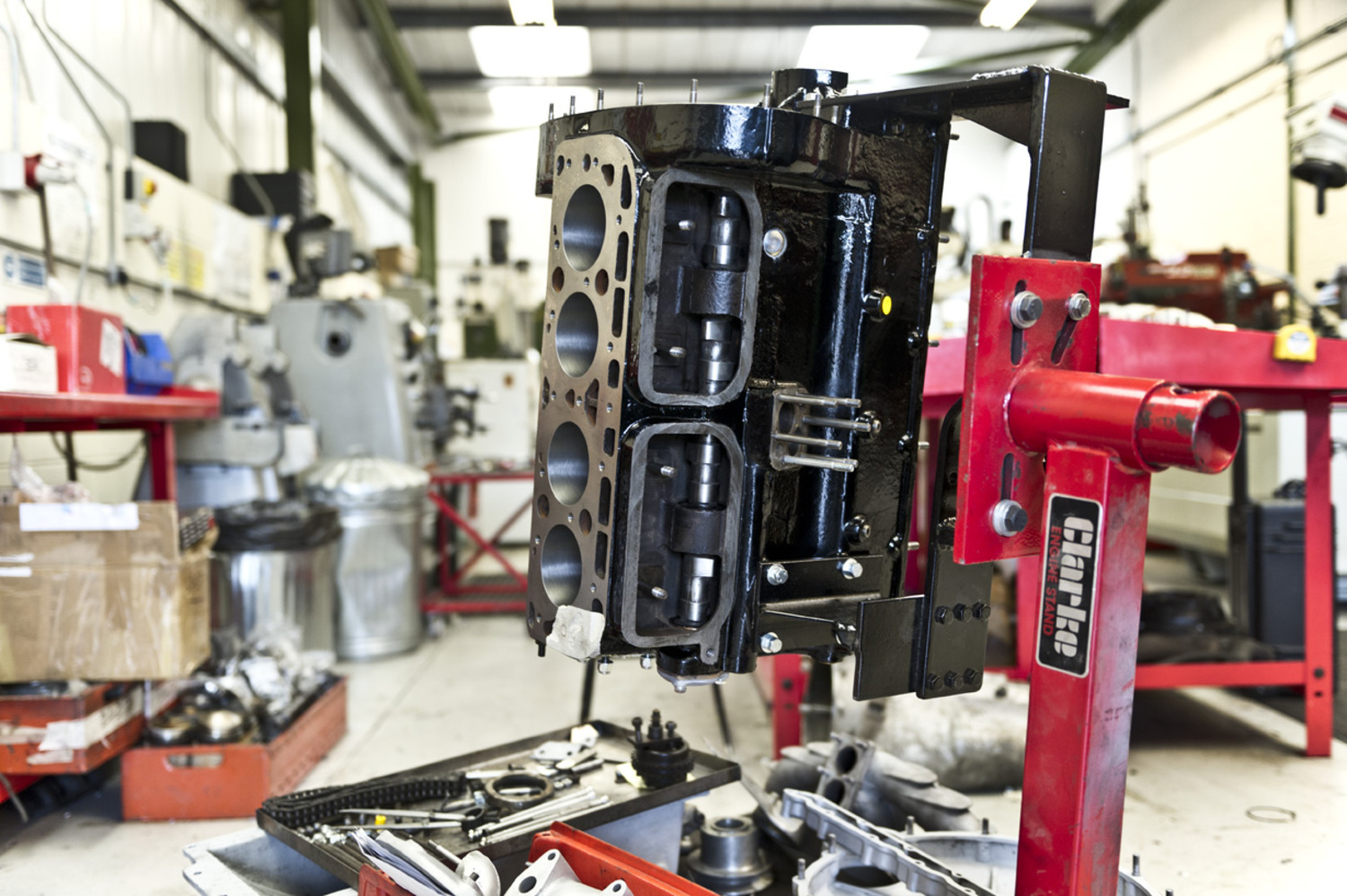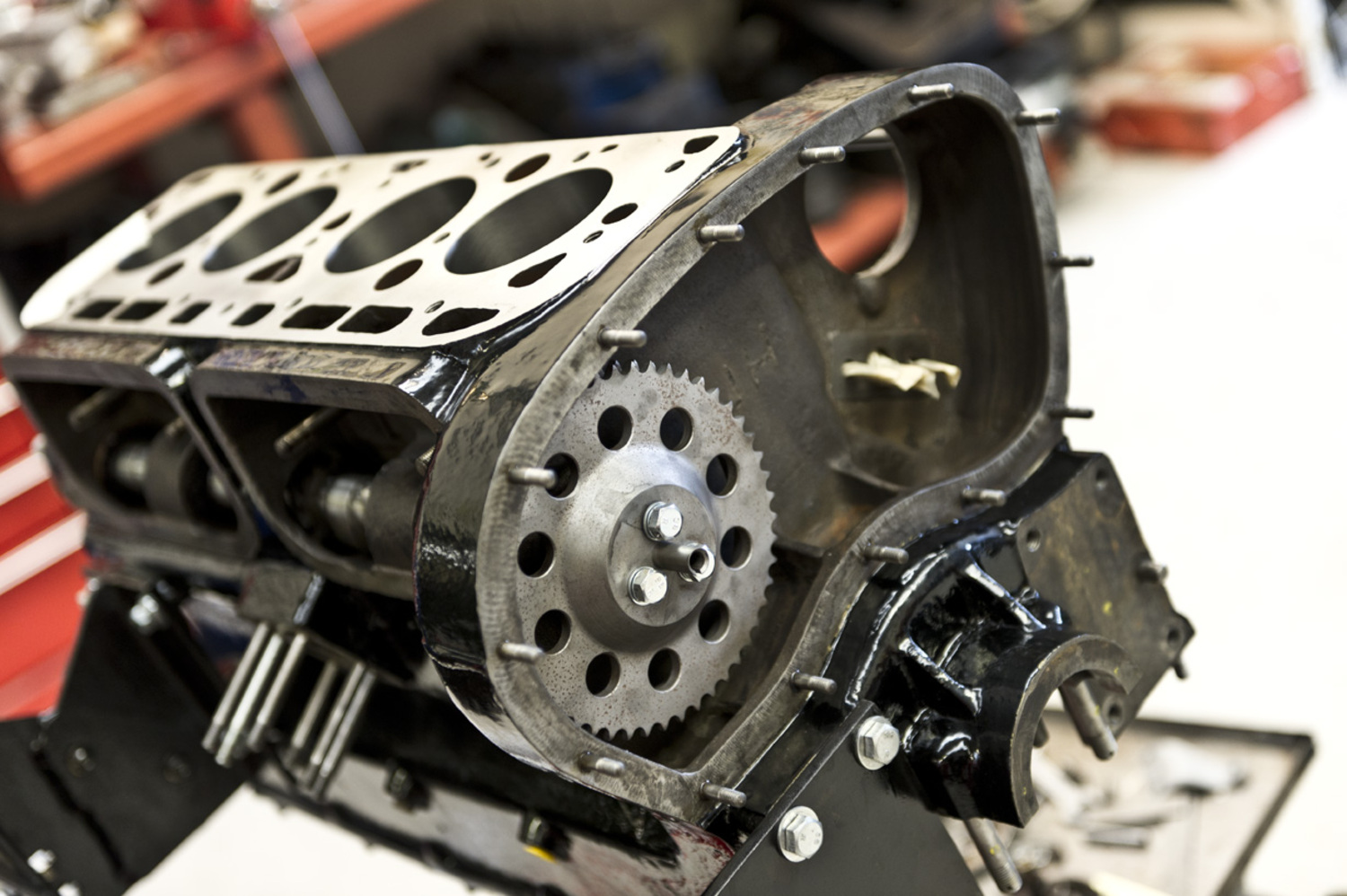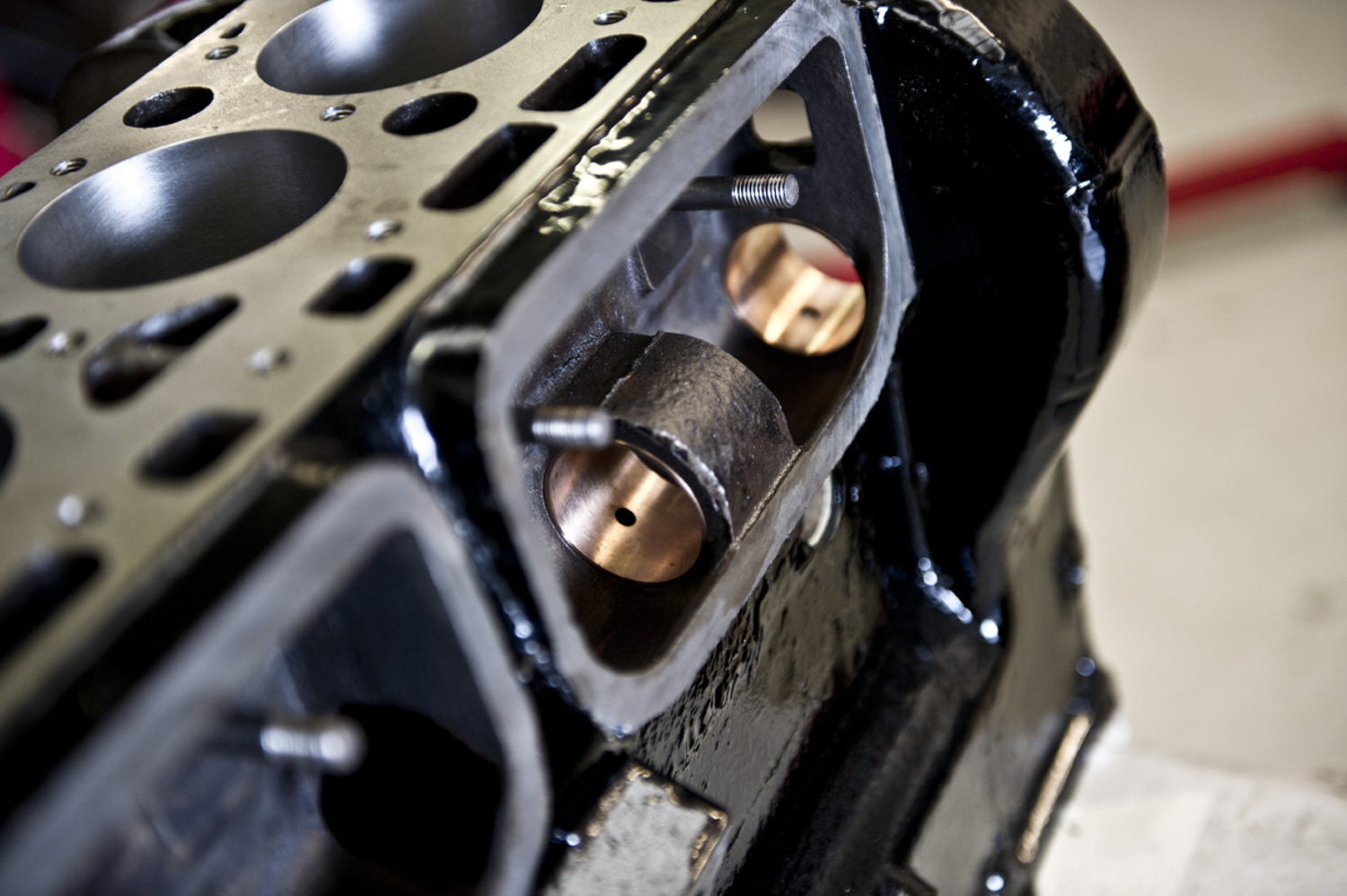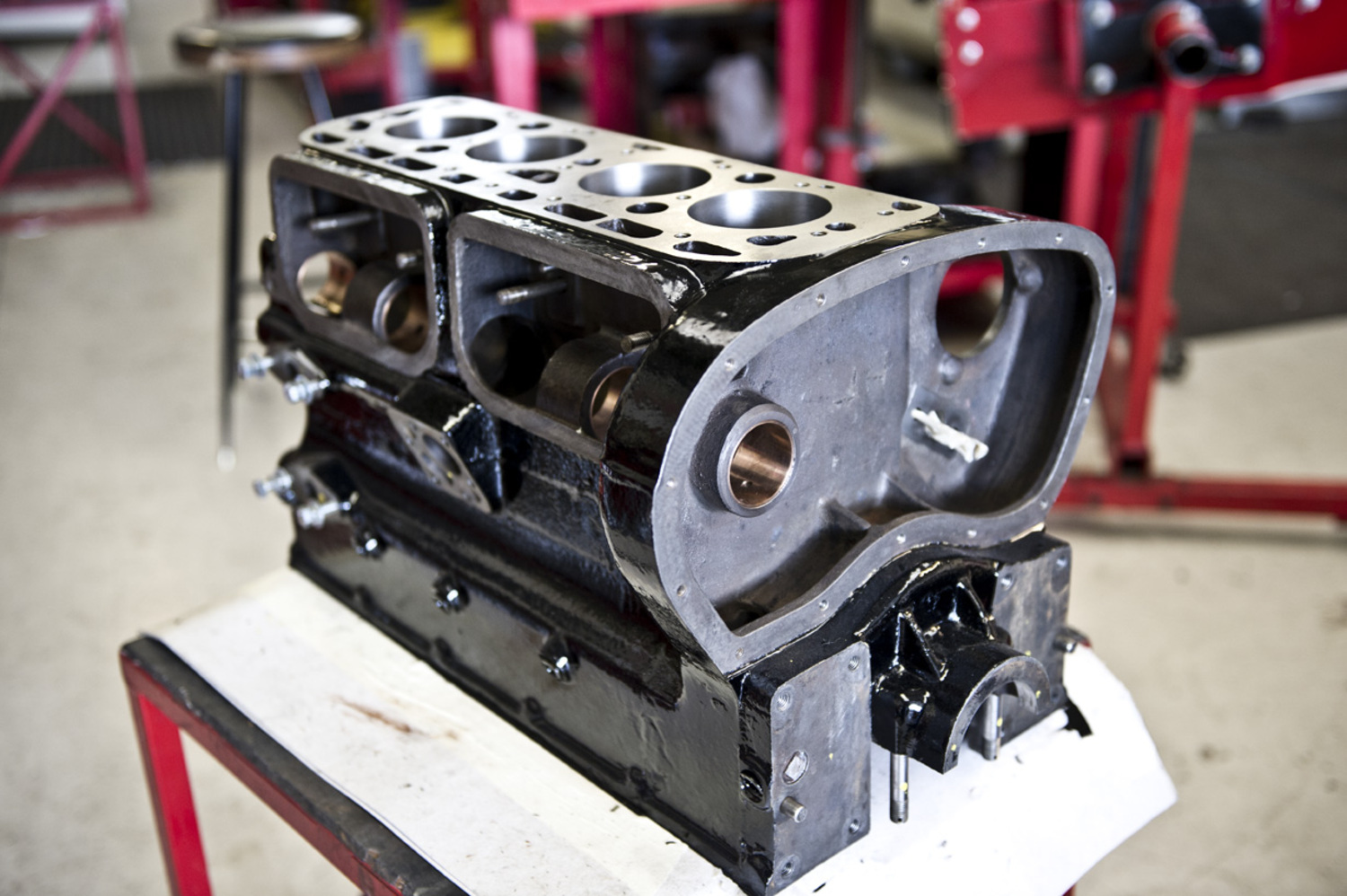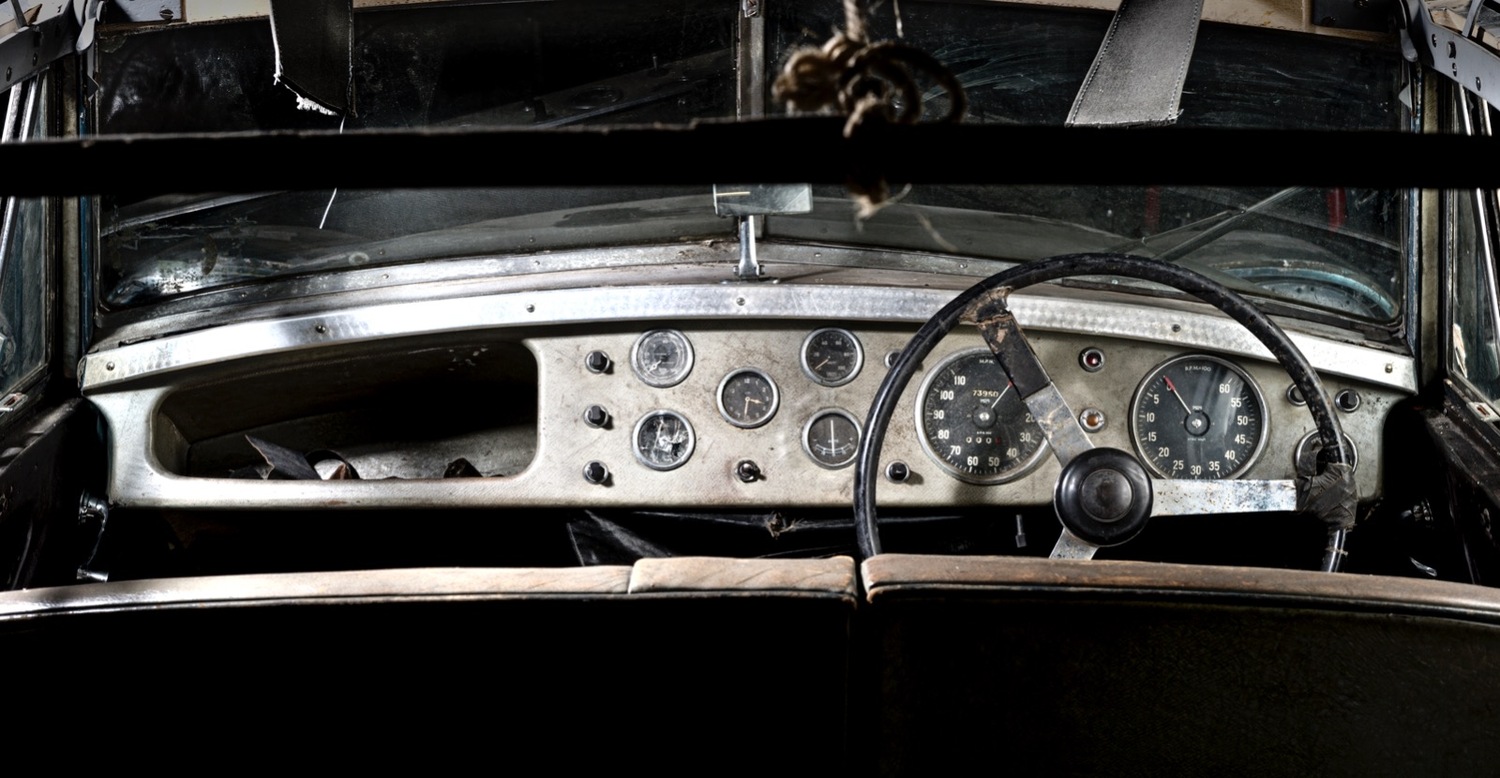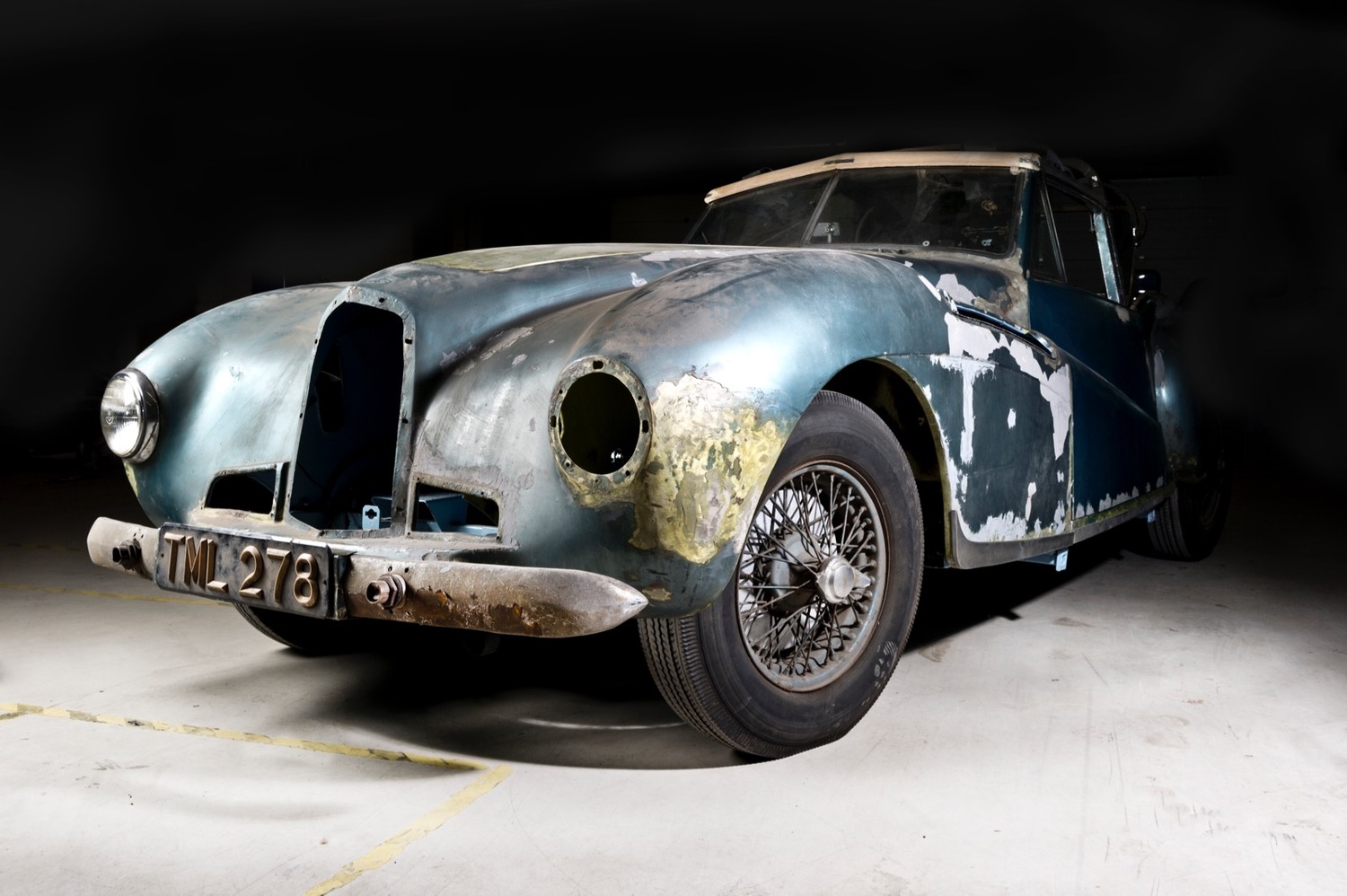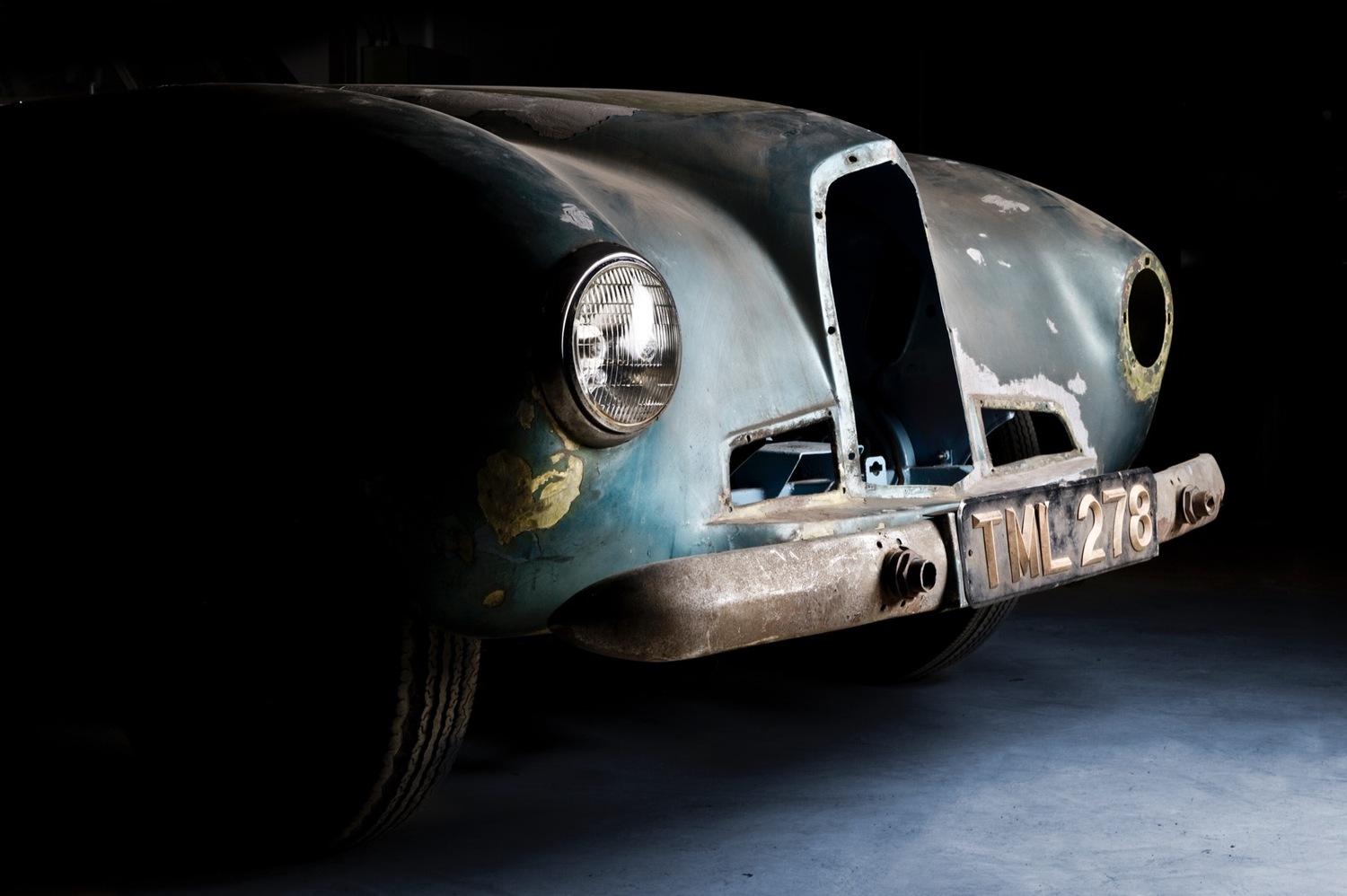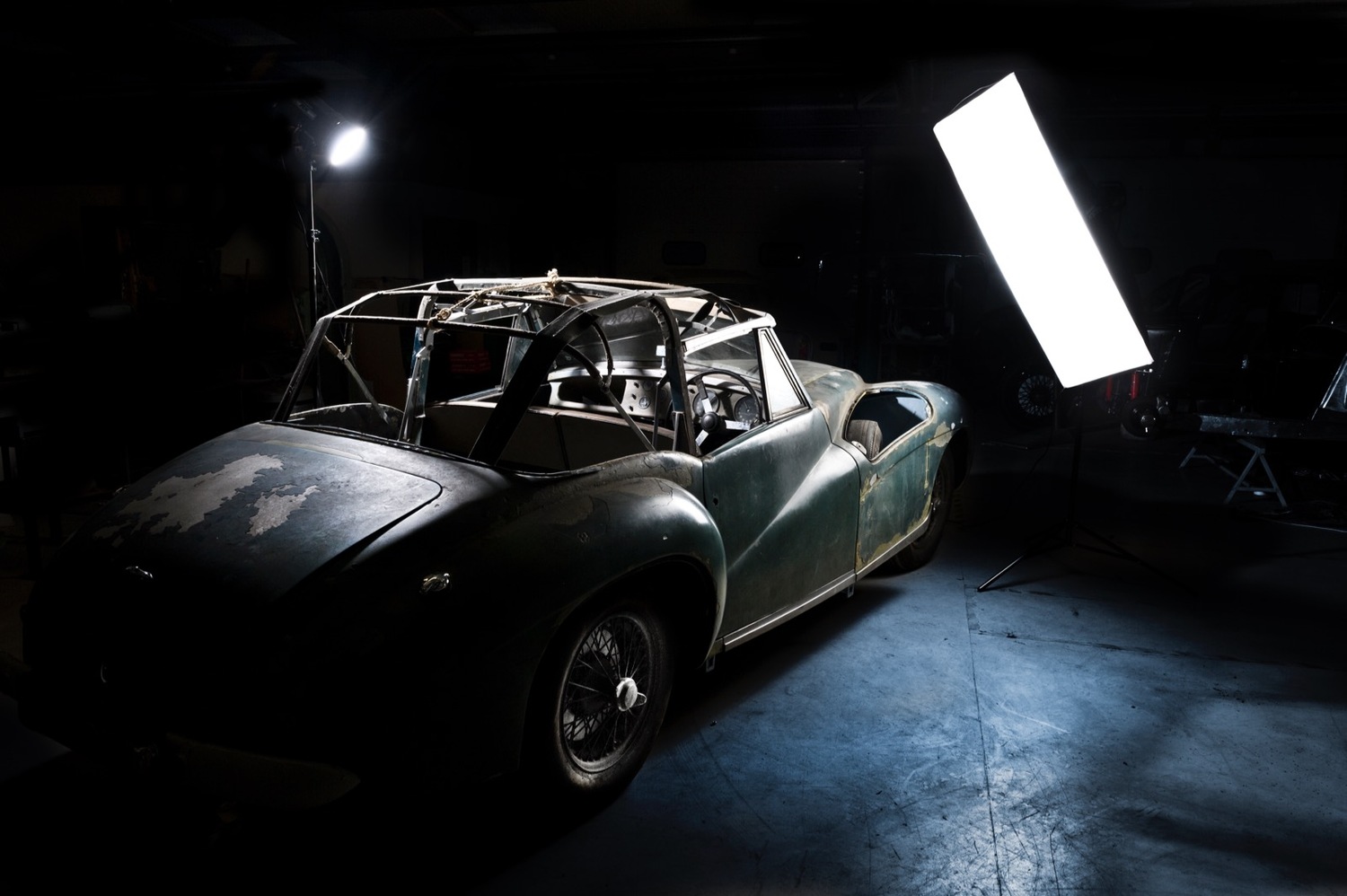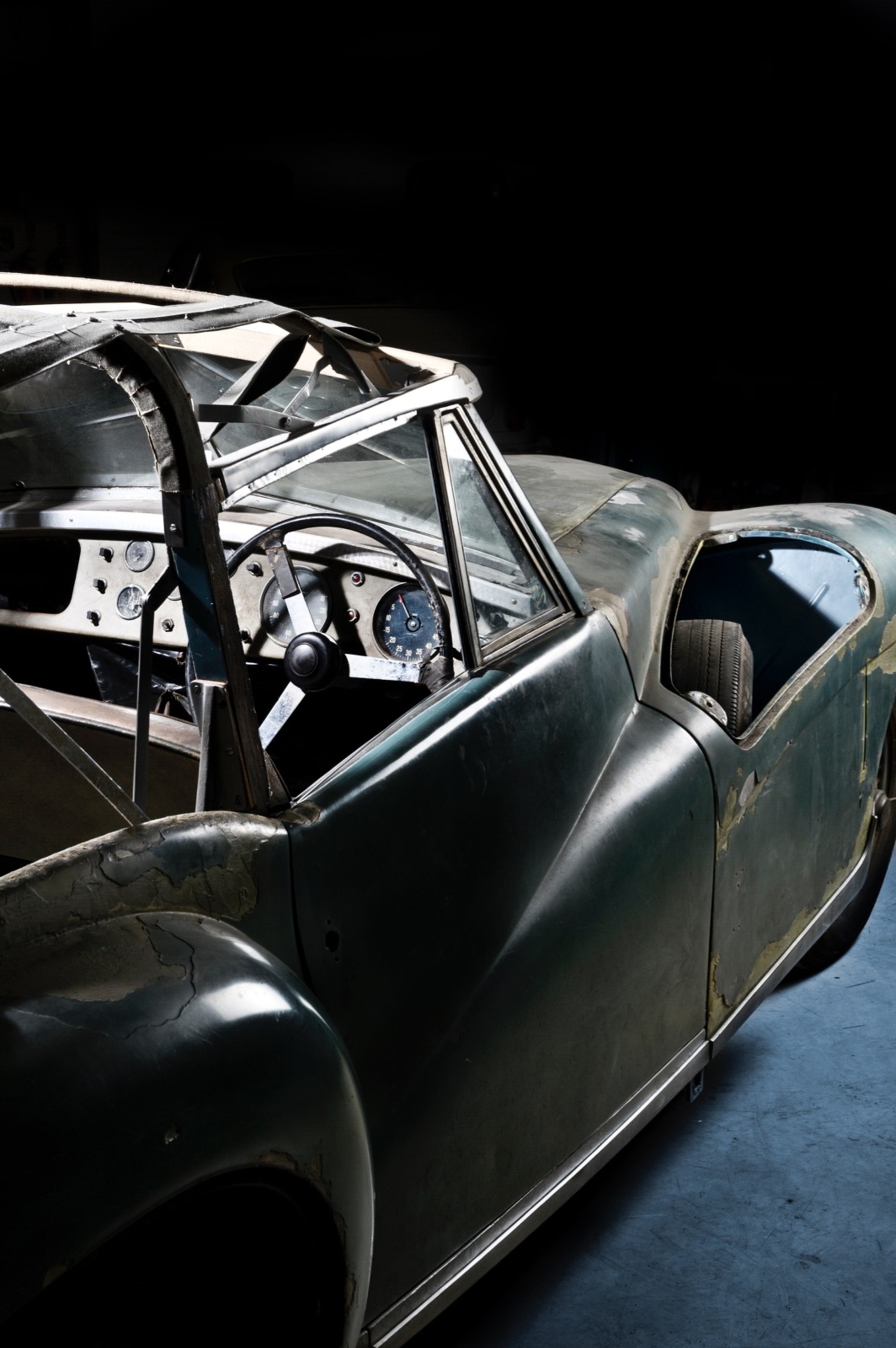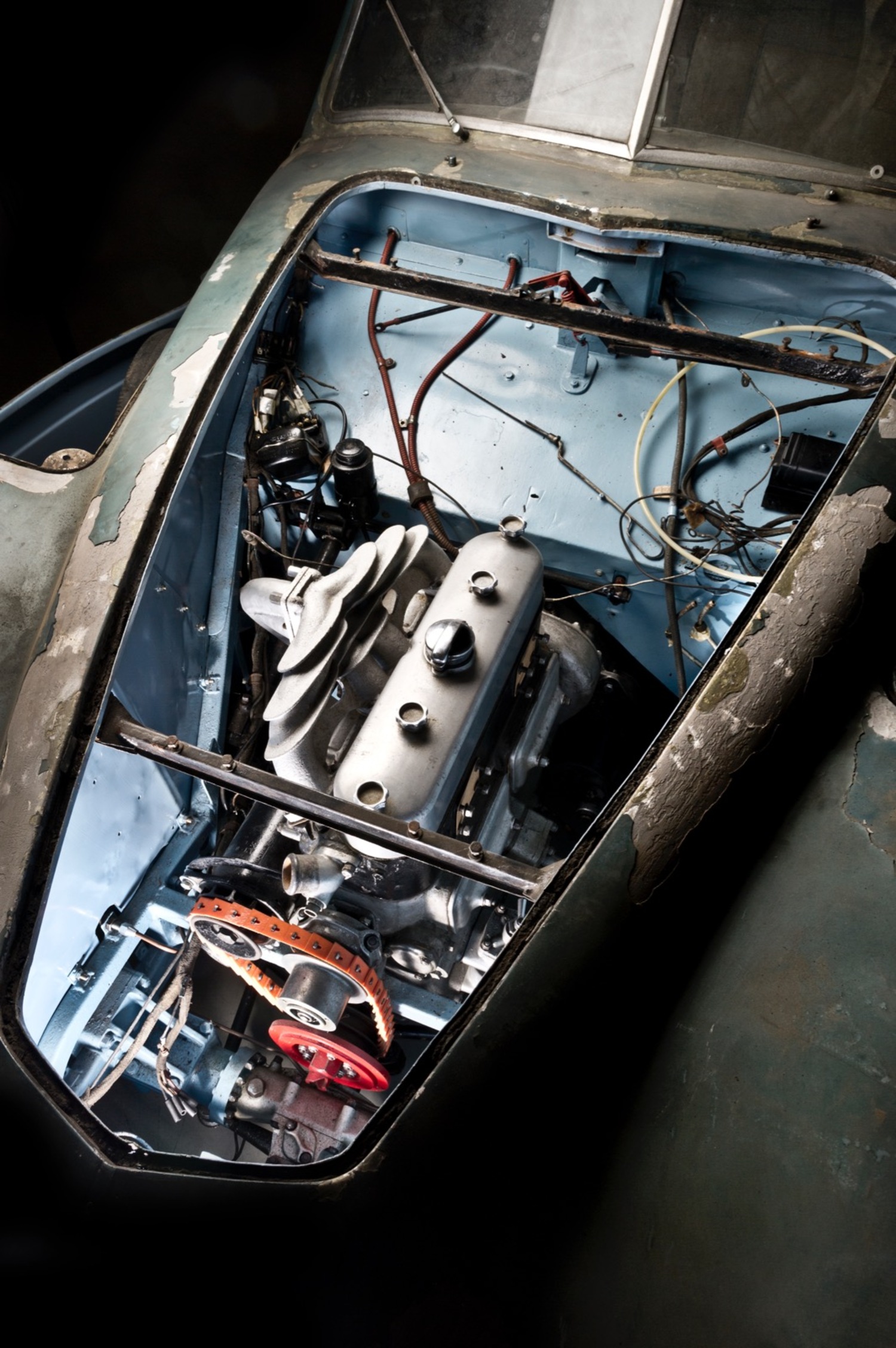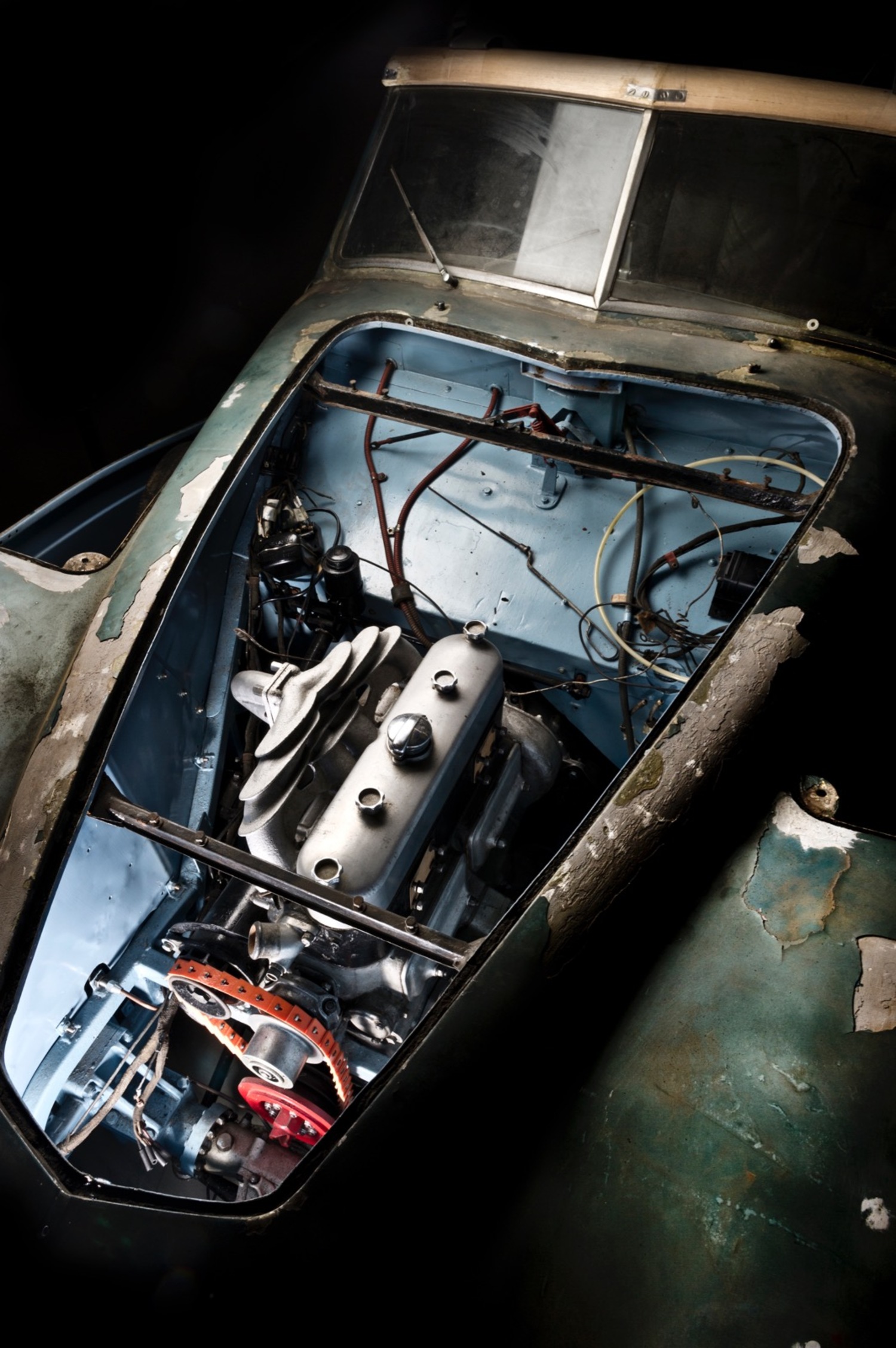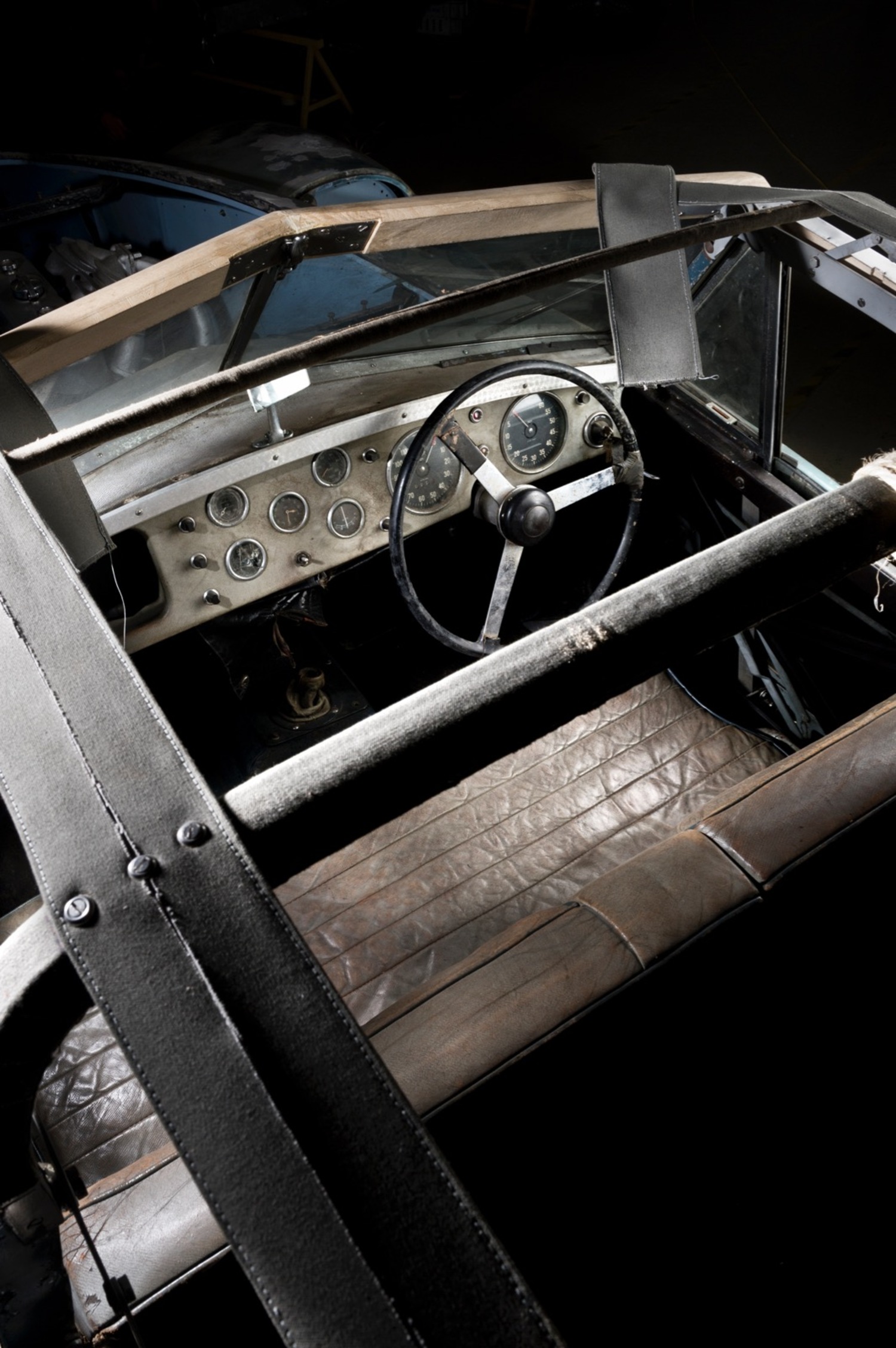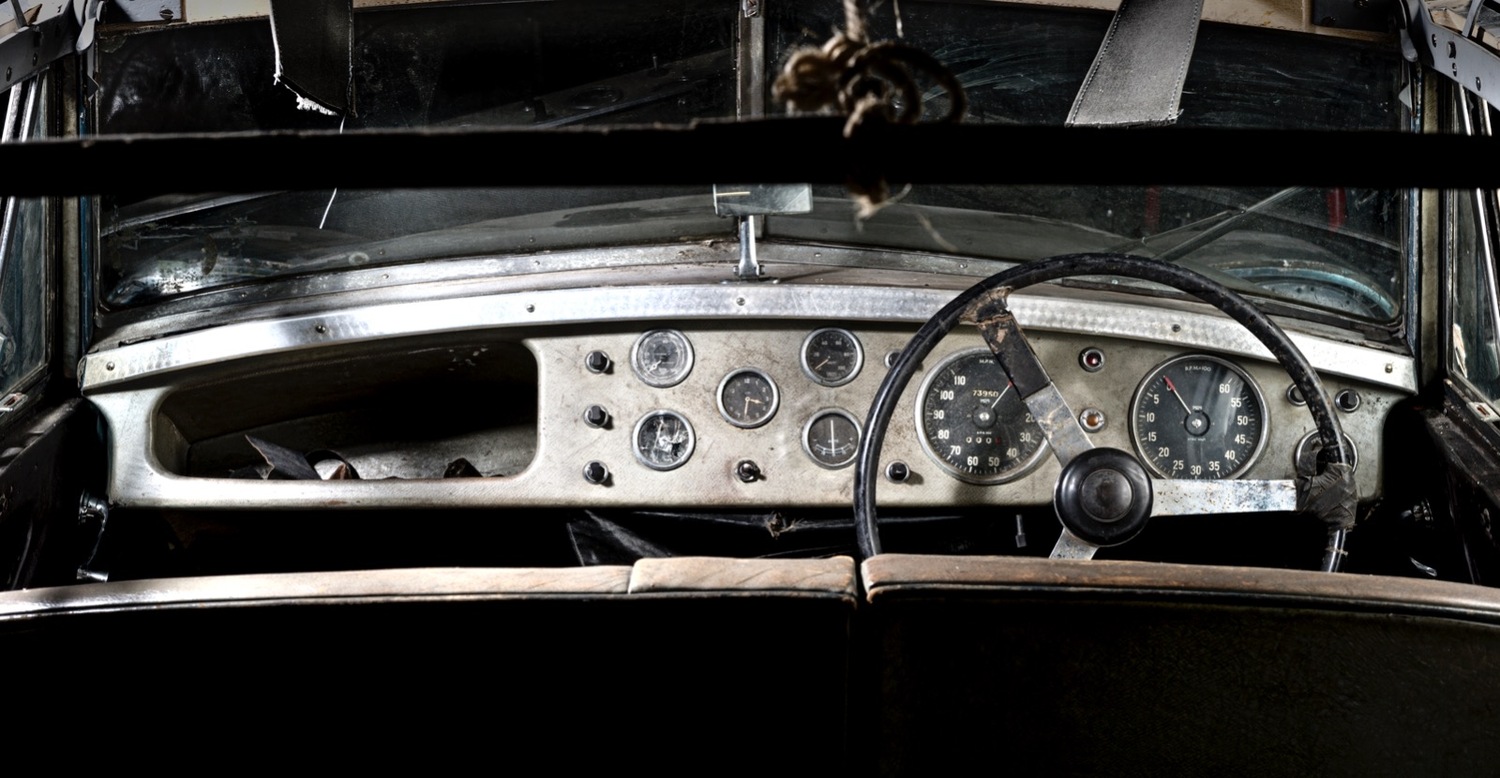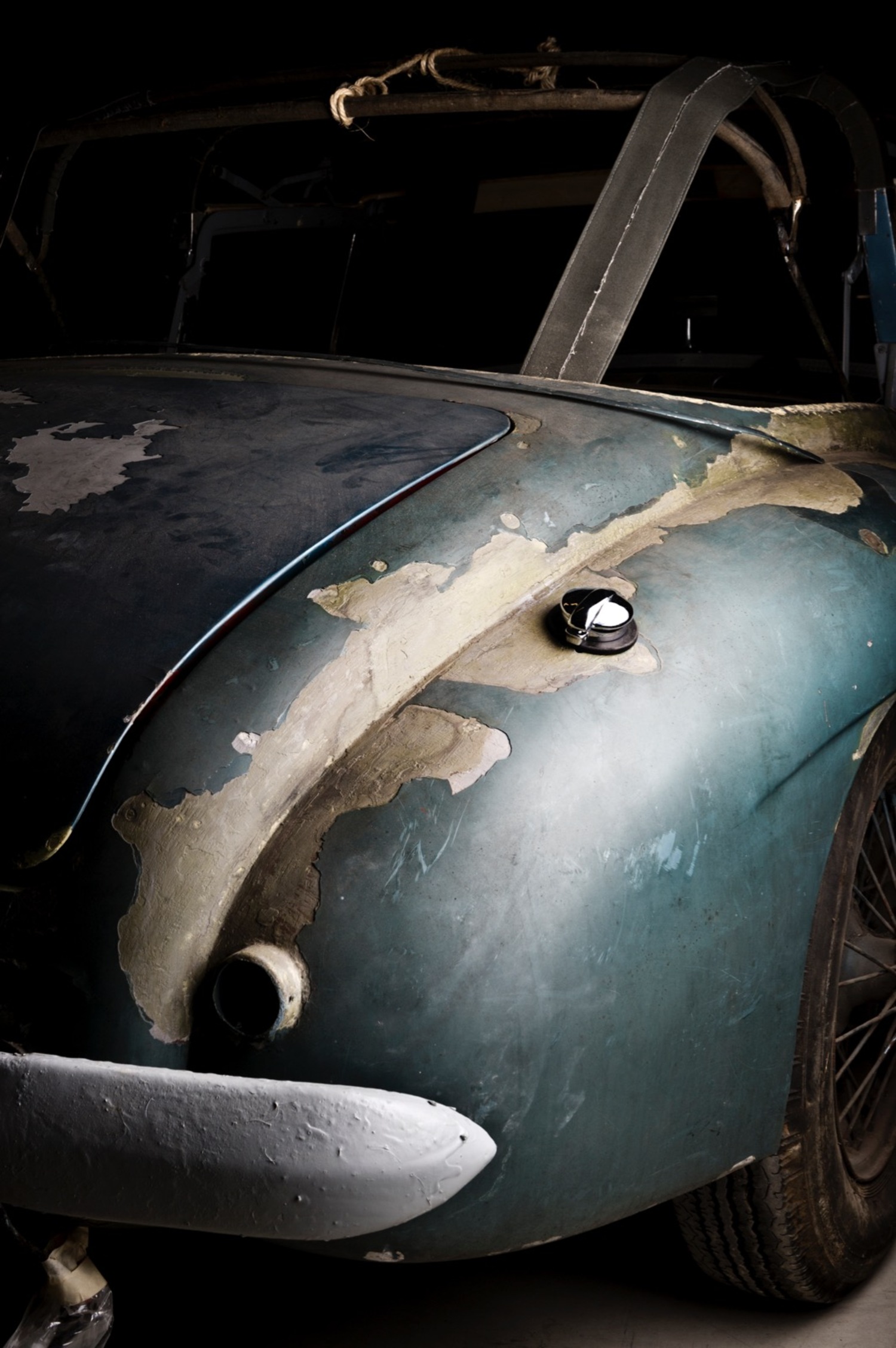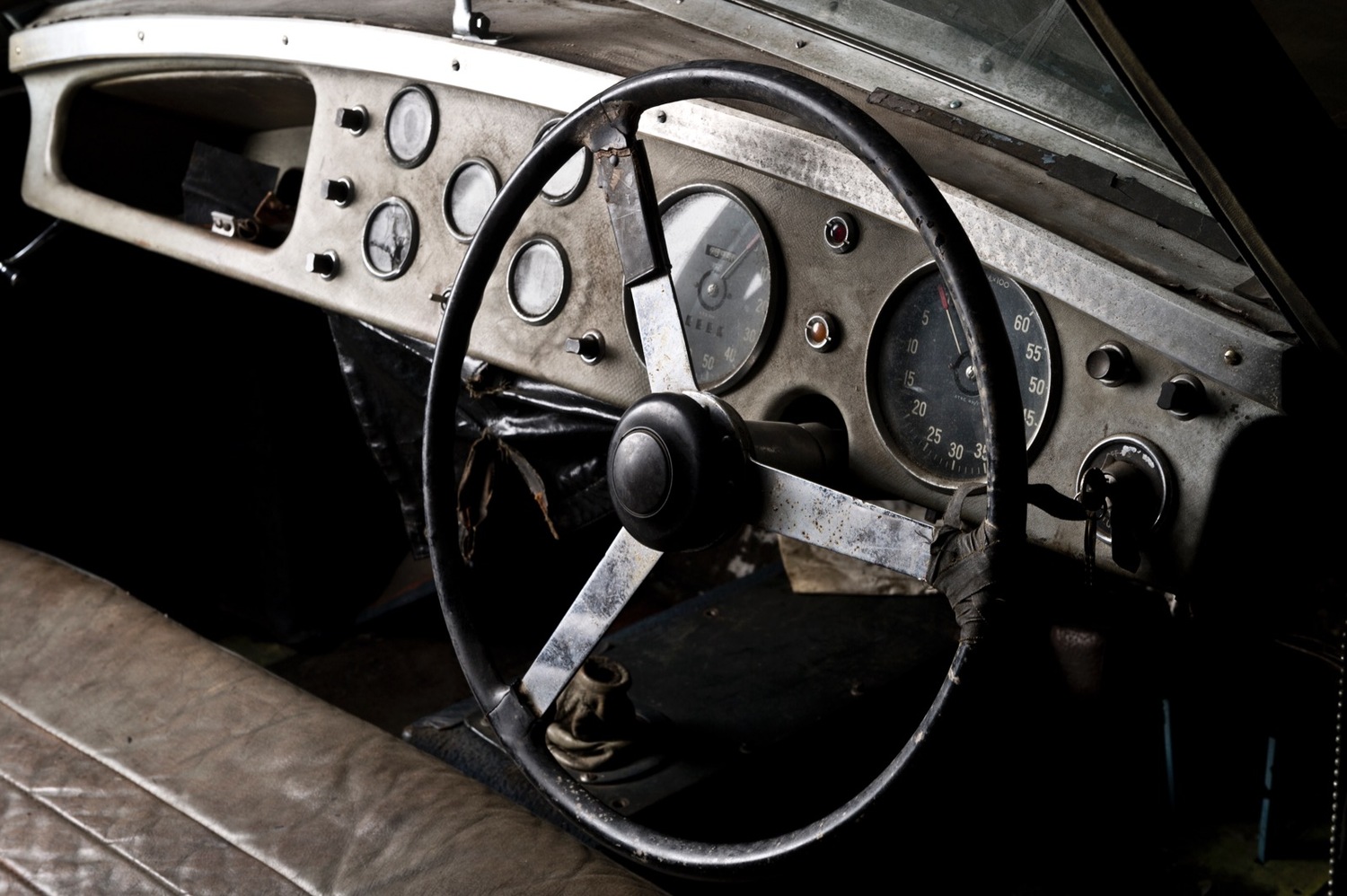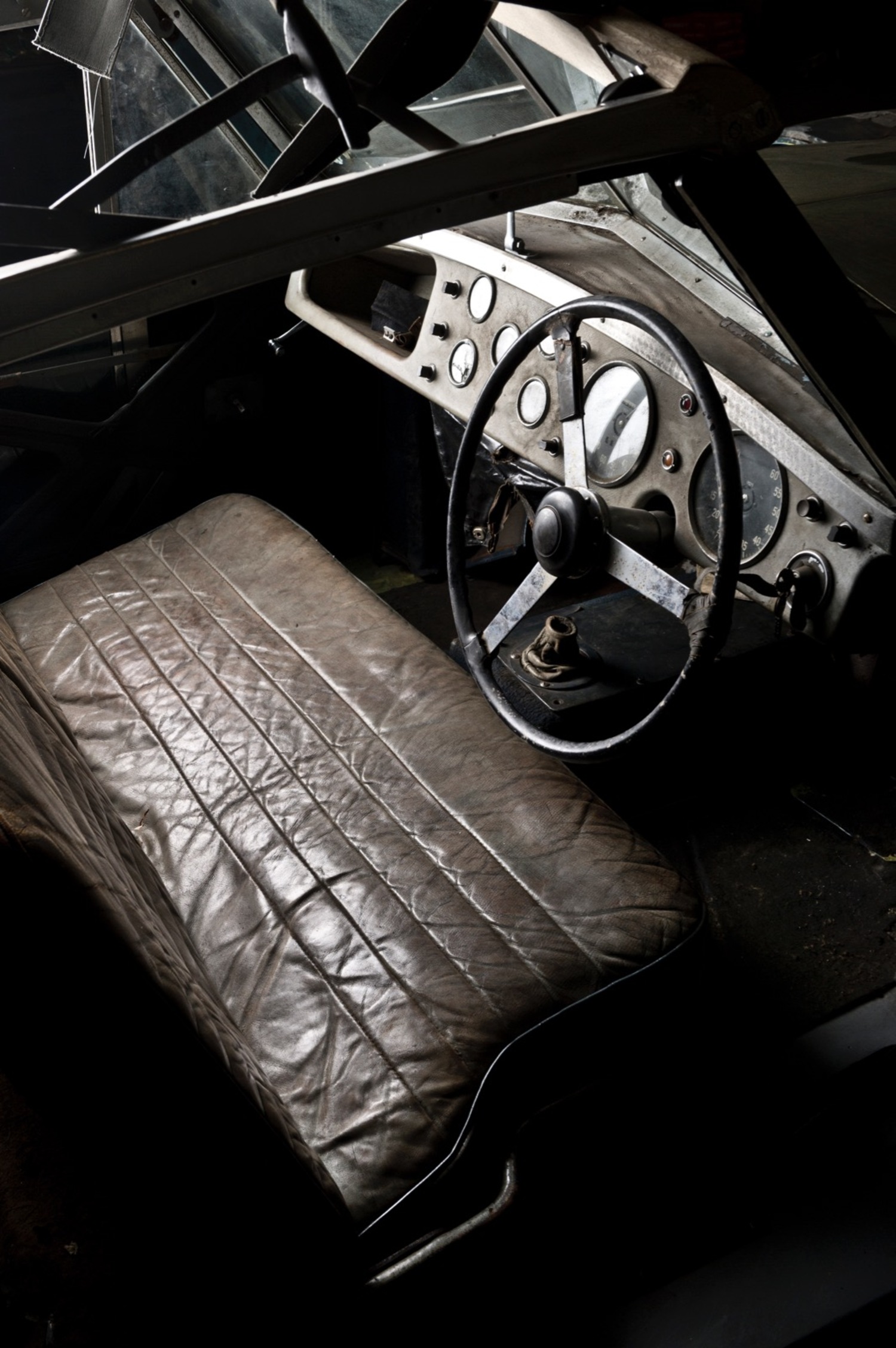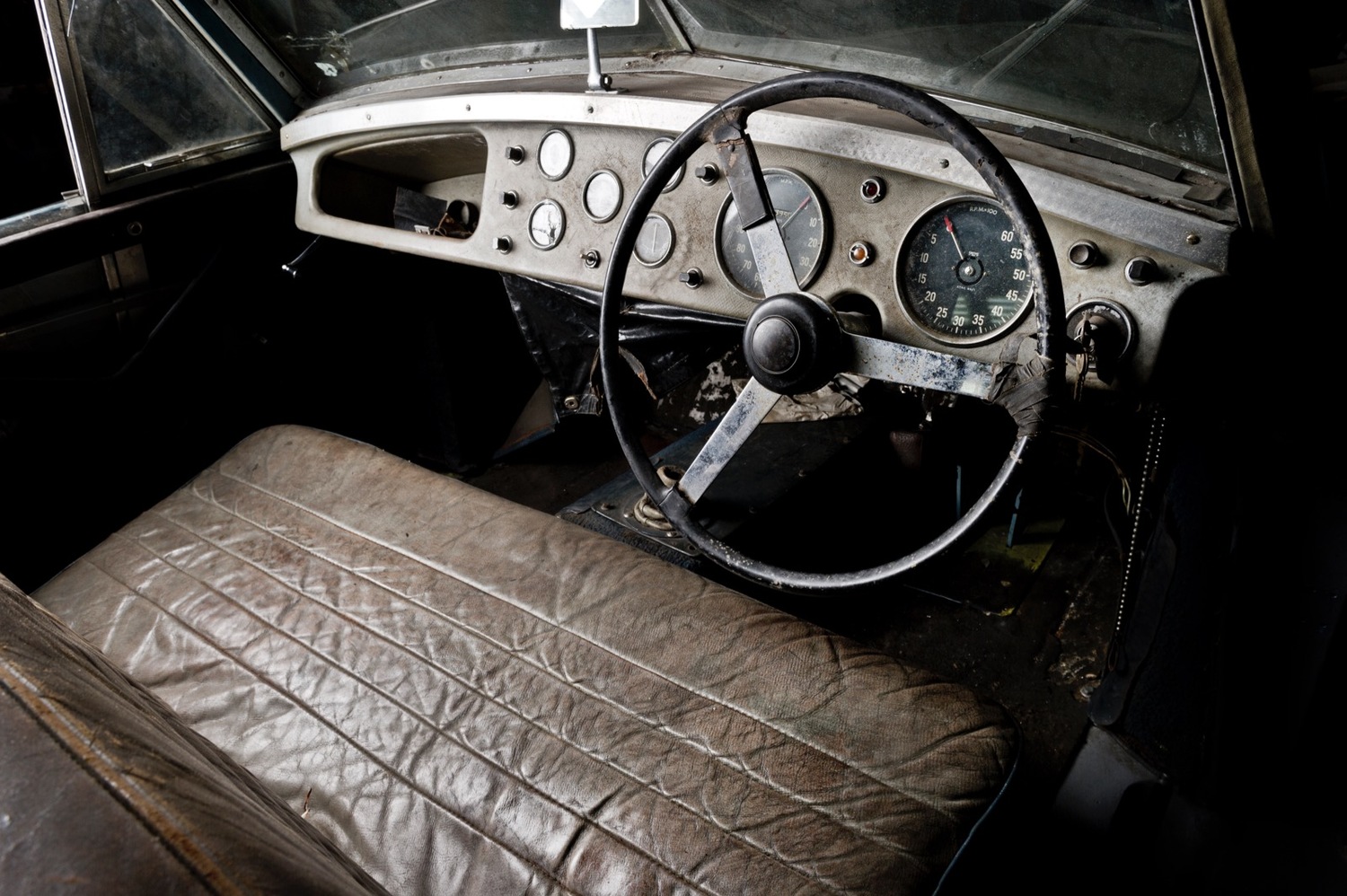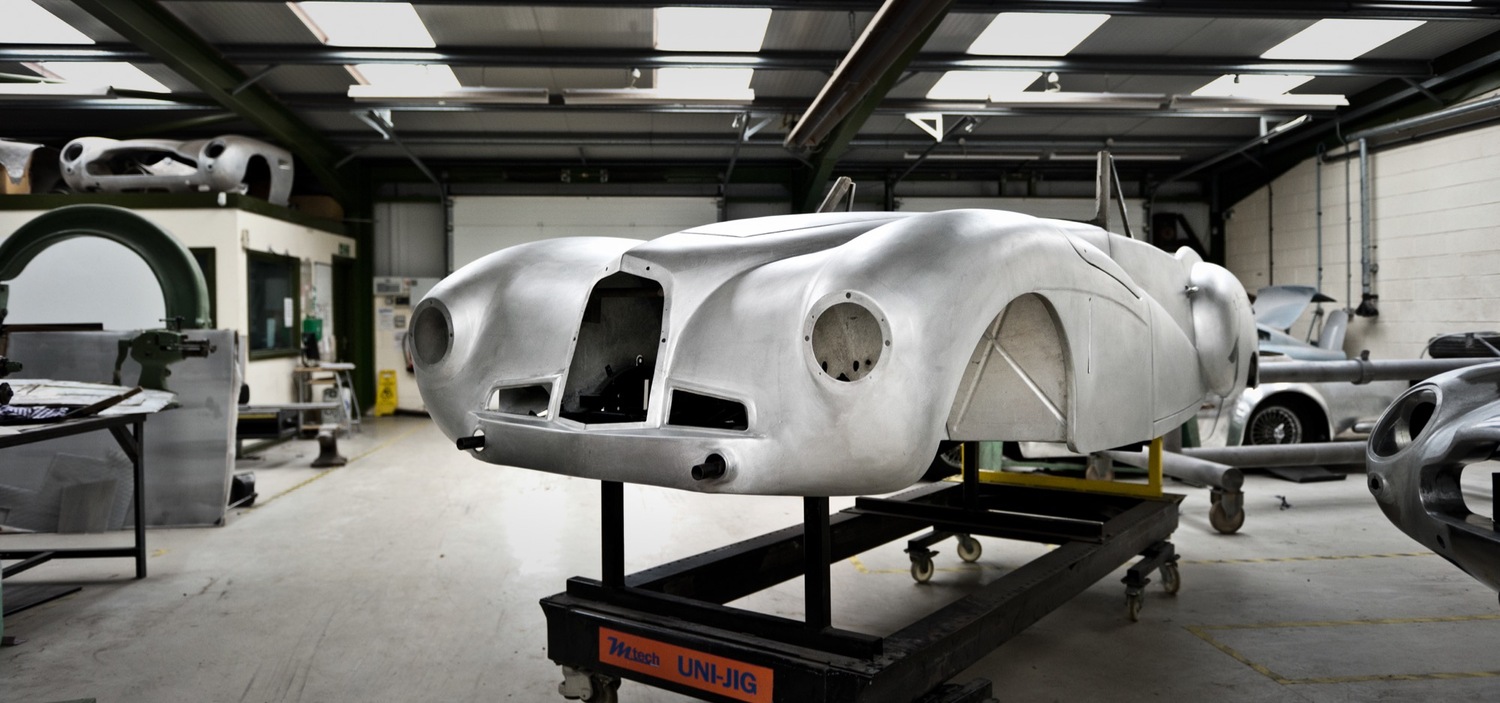
Introduced in 1948 as the 'Two Litre Sports', a name which retrospectively gave way to the 'DB1' moniker, this car was the first produced in the David Brown era at Aston Martin. With only 14 produced in period, the 4-cylinder DB1 (somewhat an evolution of the 'Atom' prototype) is an exceptionally rare Aston. Having cared for some of the 14 in the past, Aston Workshop are one of the few specialists with the appropriate experience to look after these cars.
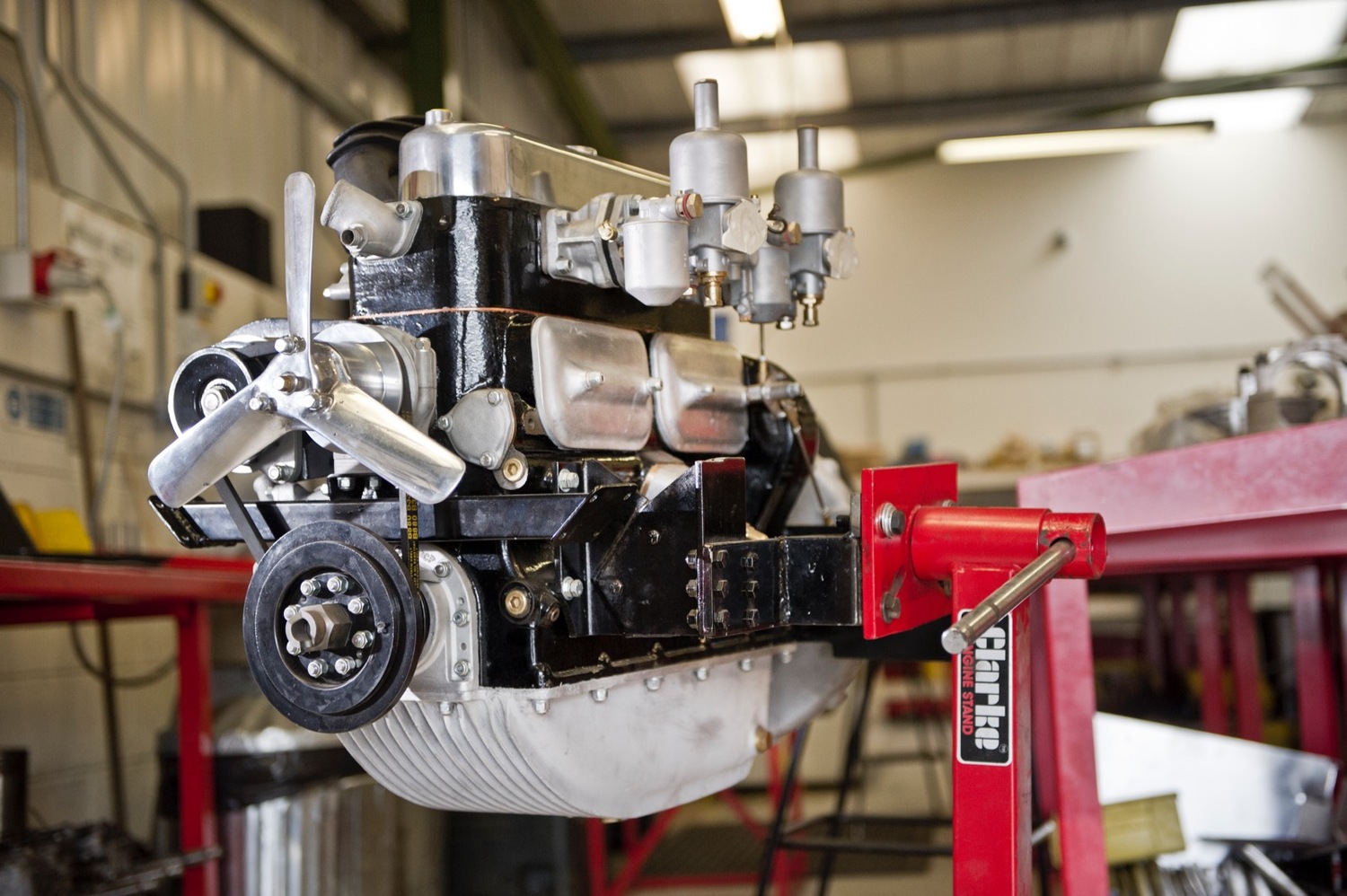
David Brown buys Aston Martin
As a most successful British industrial chief, David Brown had a strong personal ambition to form his own company to design, manufacture and to field a GT car capable of winning the Le Mans 24 hour race. When Mr Gordon Sutherland decided that he lacked the resources to allow Aston Martin to tool up and manufacture a new saloon and sports car for the late 1940s, the company was offered for sale. On seeing the advertisement, he enquired and after having driven the Atom, declared that he had found a chassis. Aston Martin was duly purchased. However, he wasn't enamoured with the engine or the design of the body and so he decided to purchase the automotive assets of the Lagonda car company, as they had a promising 6 cylinder engine and a first class stylist. The 2 companies were duly merged to form Aston Martin Lagonda Ltd.
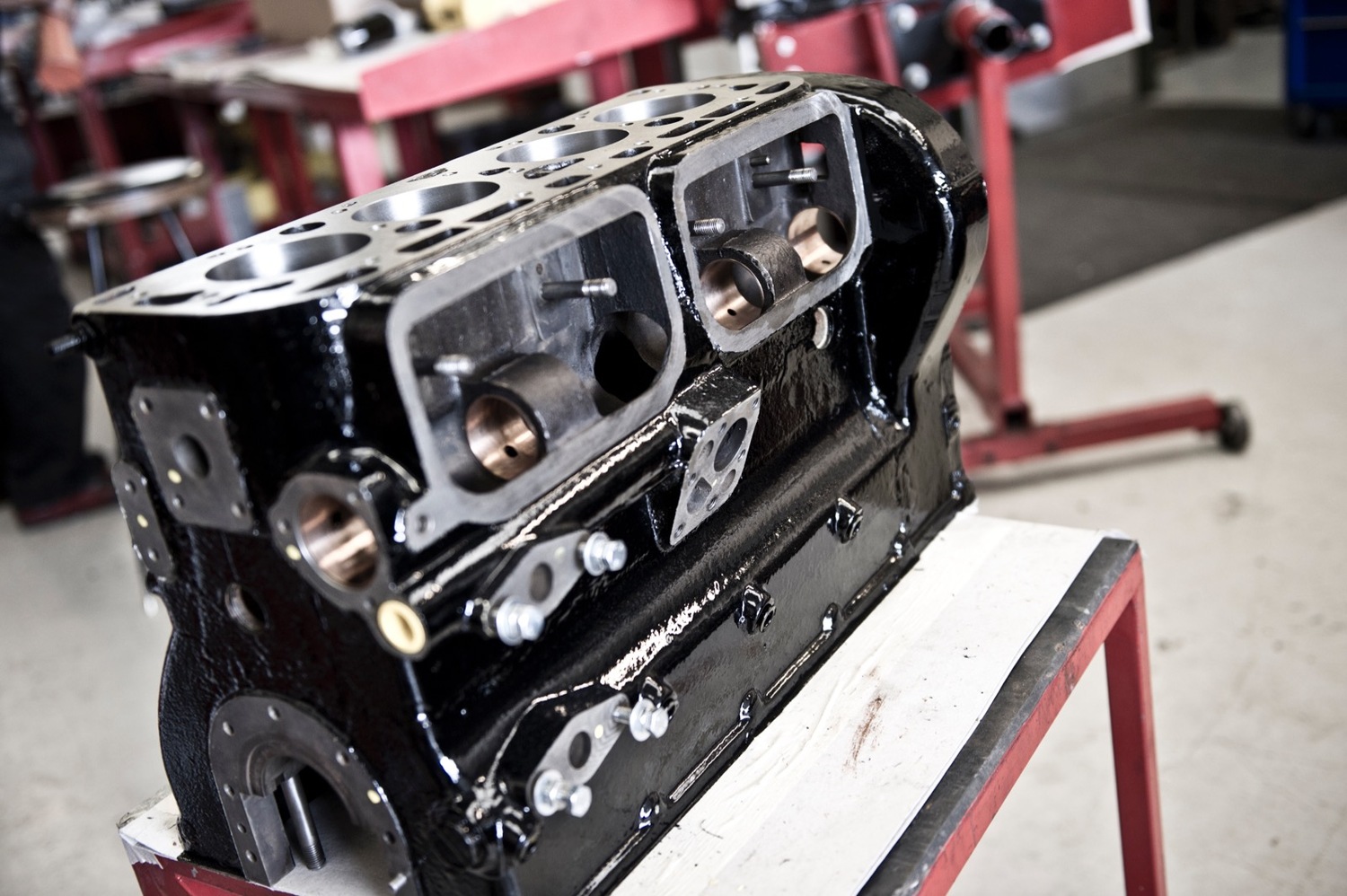
The DB1 story
Faced with stringent limitations on the availability of steel and other vital commodities in the post war years of austerity, and in order to generate overseas export orders, David Brown authorised the production of a limited number of chassis and bodies to sell his first car, the DB1, using the same 2 litre engine and chassis as in the Atom, but with the body being styled and designed by Frank Feeley, Lagonda’s chief stylist. The result was the DB1, of which only 14 examples were made. An attractive 2 seater open sporting car, it was expressly designed to attract overseas orders. Only a very limited production run during the autumn of 1947 and 1948 was however authorised, before production of the DB2 commenced in 1949. It was perhaps an unfortunate consequence of Mr David Browns decision, however, in abandoning further development and production of his 4 cylinder engine, that caused Claude Hill, Aston Martin’s then chief engineer to leave Aston Martin in 1948. A new Chief Engineer, Mr Harold Beech was appointed in his place.

